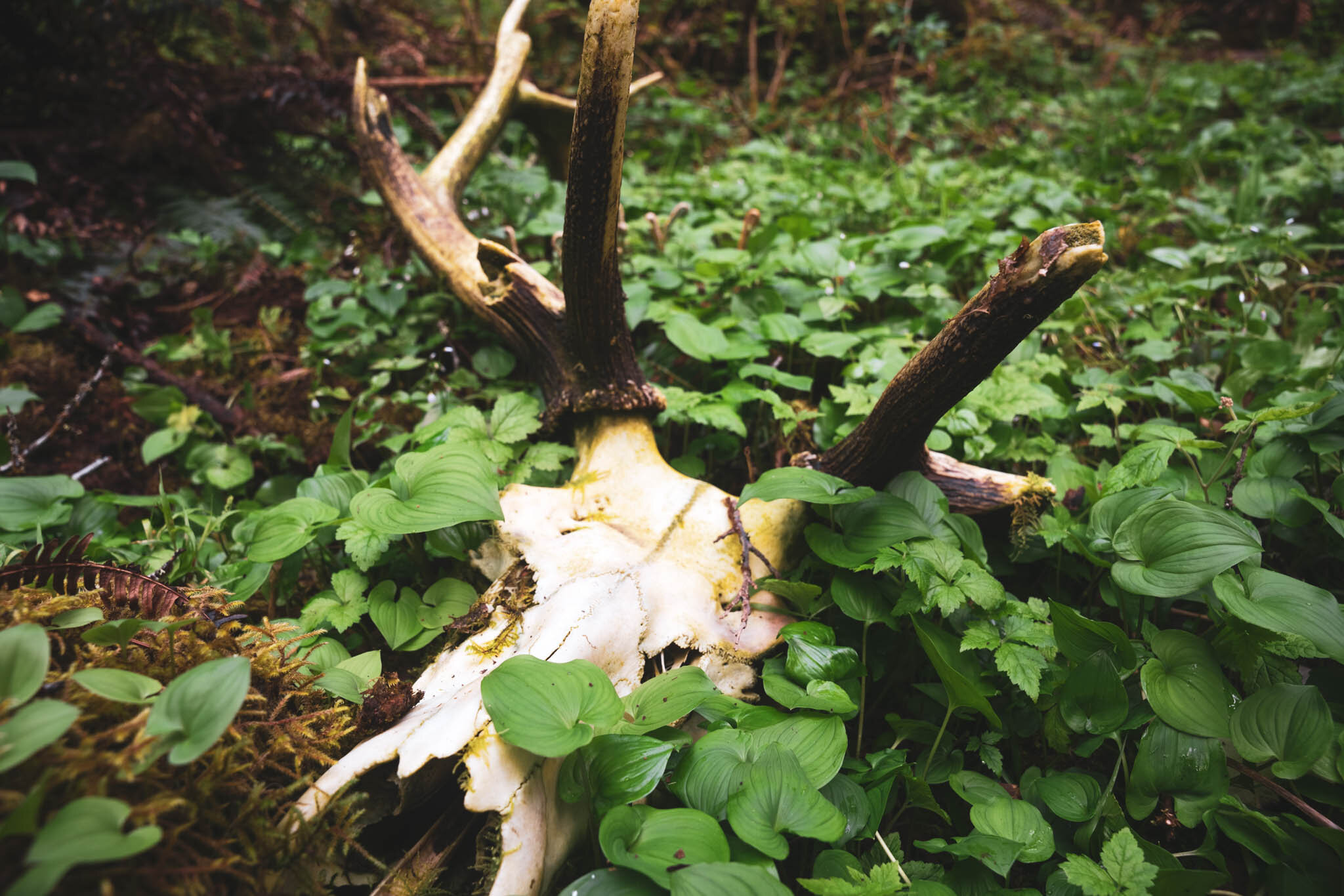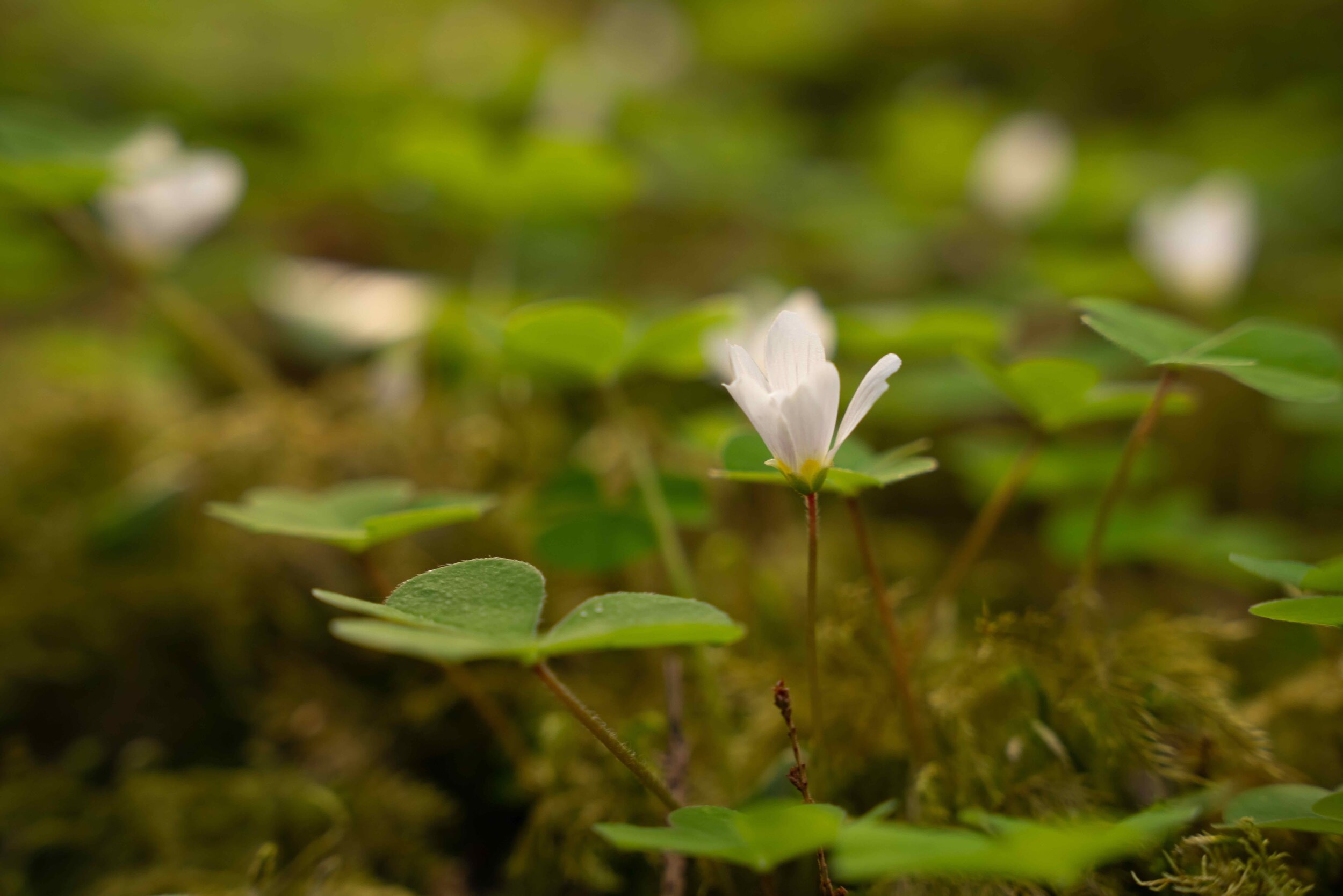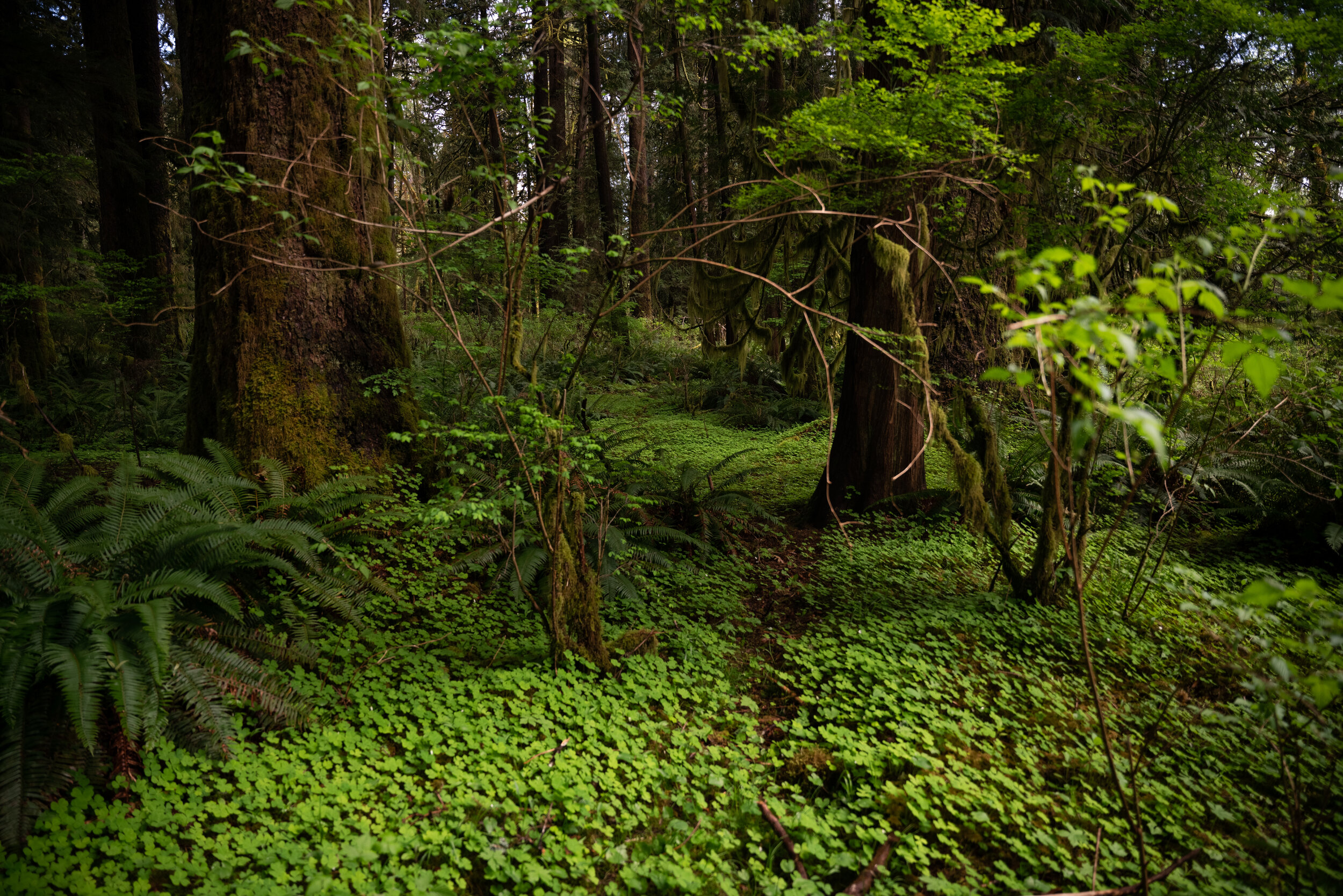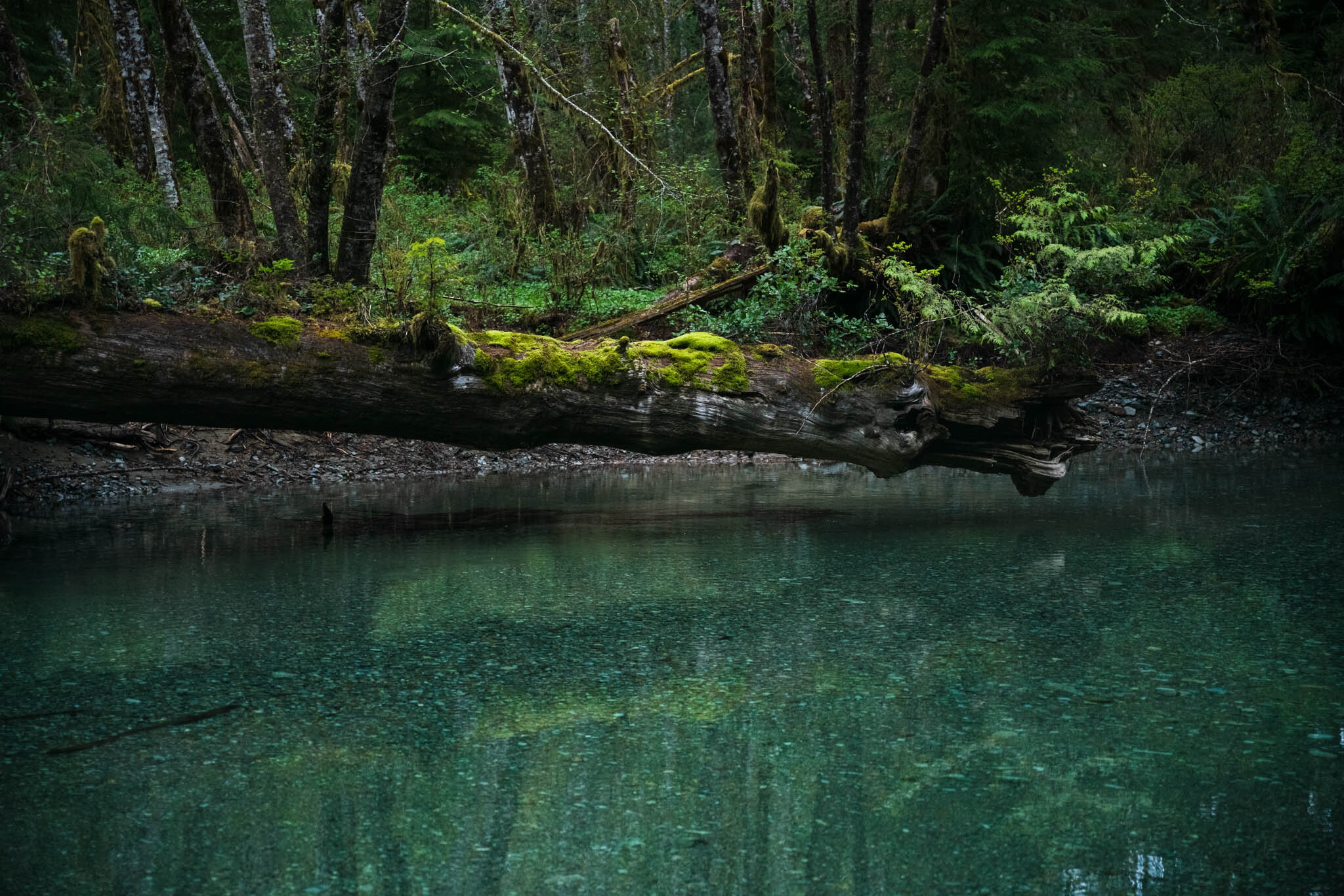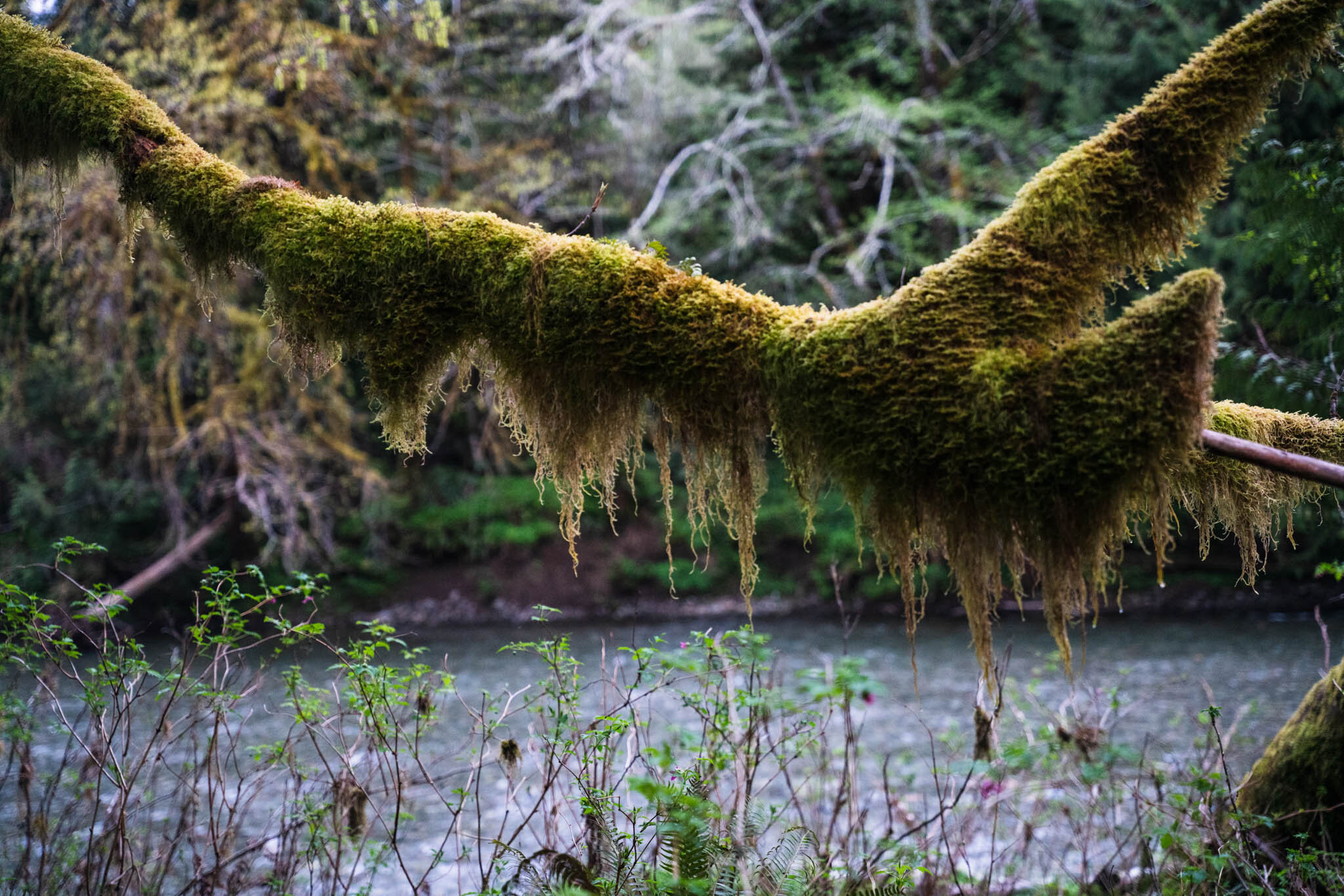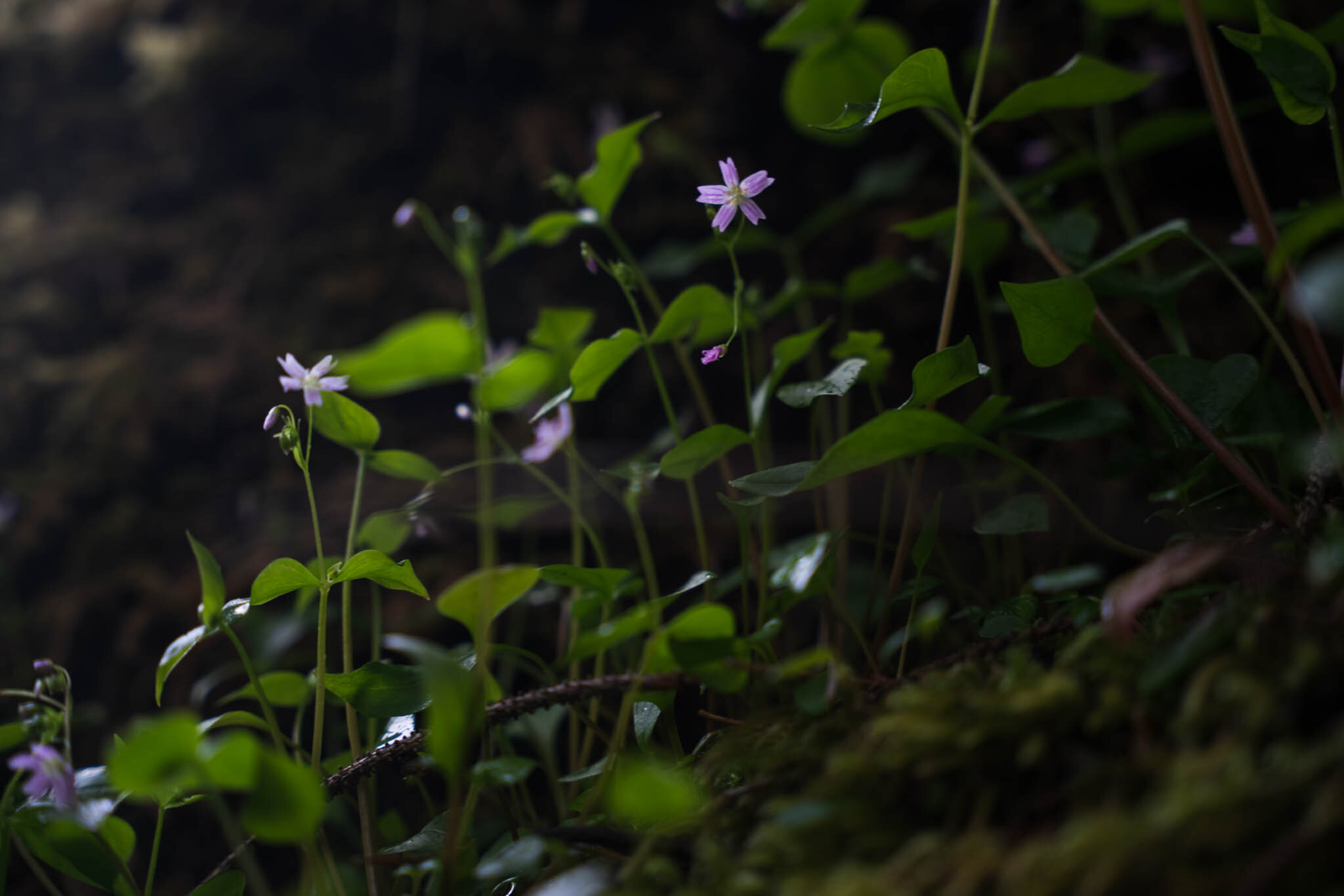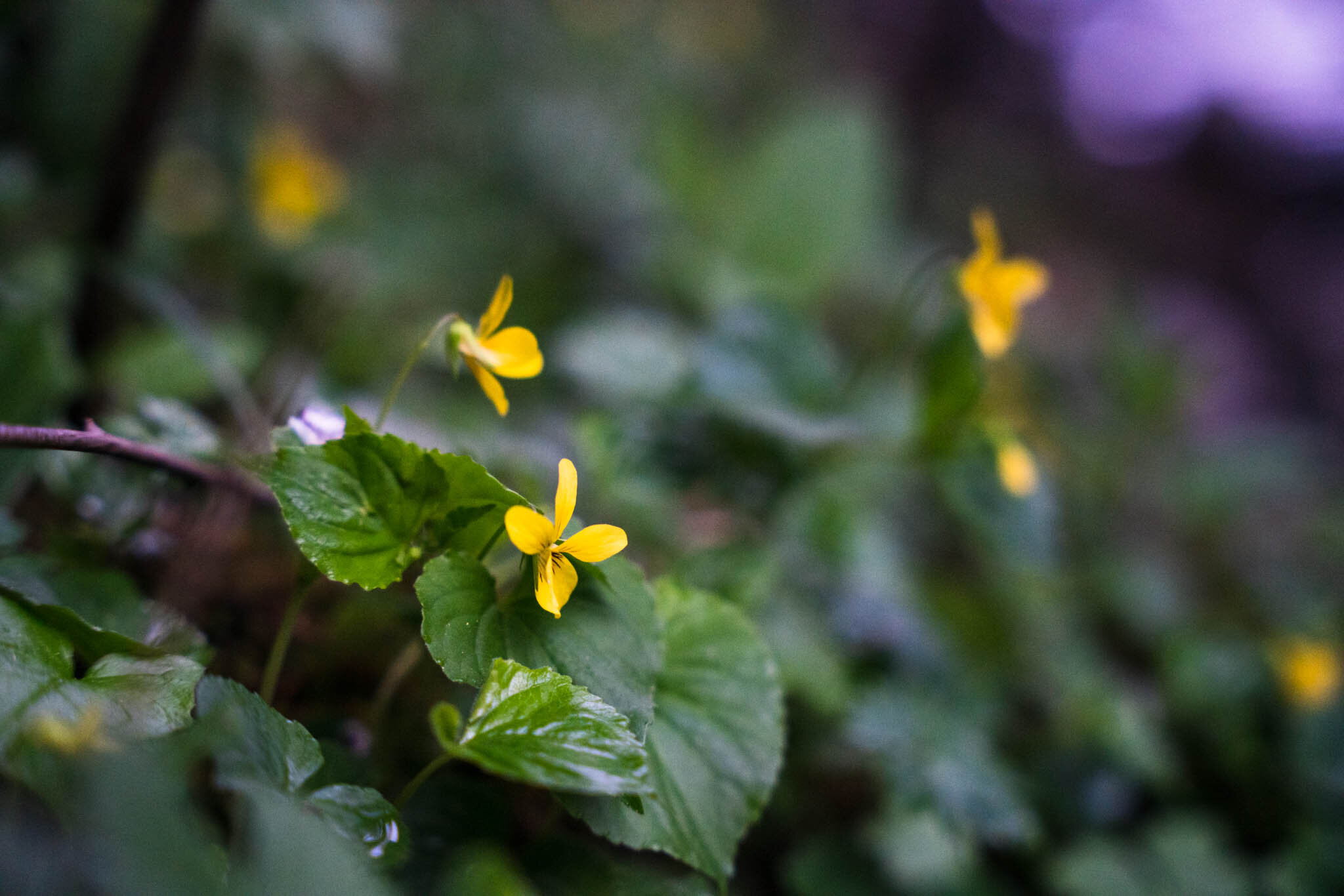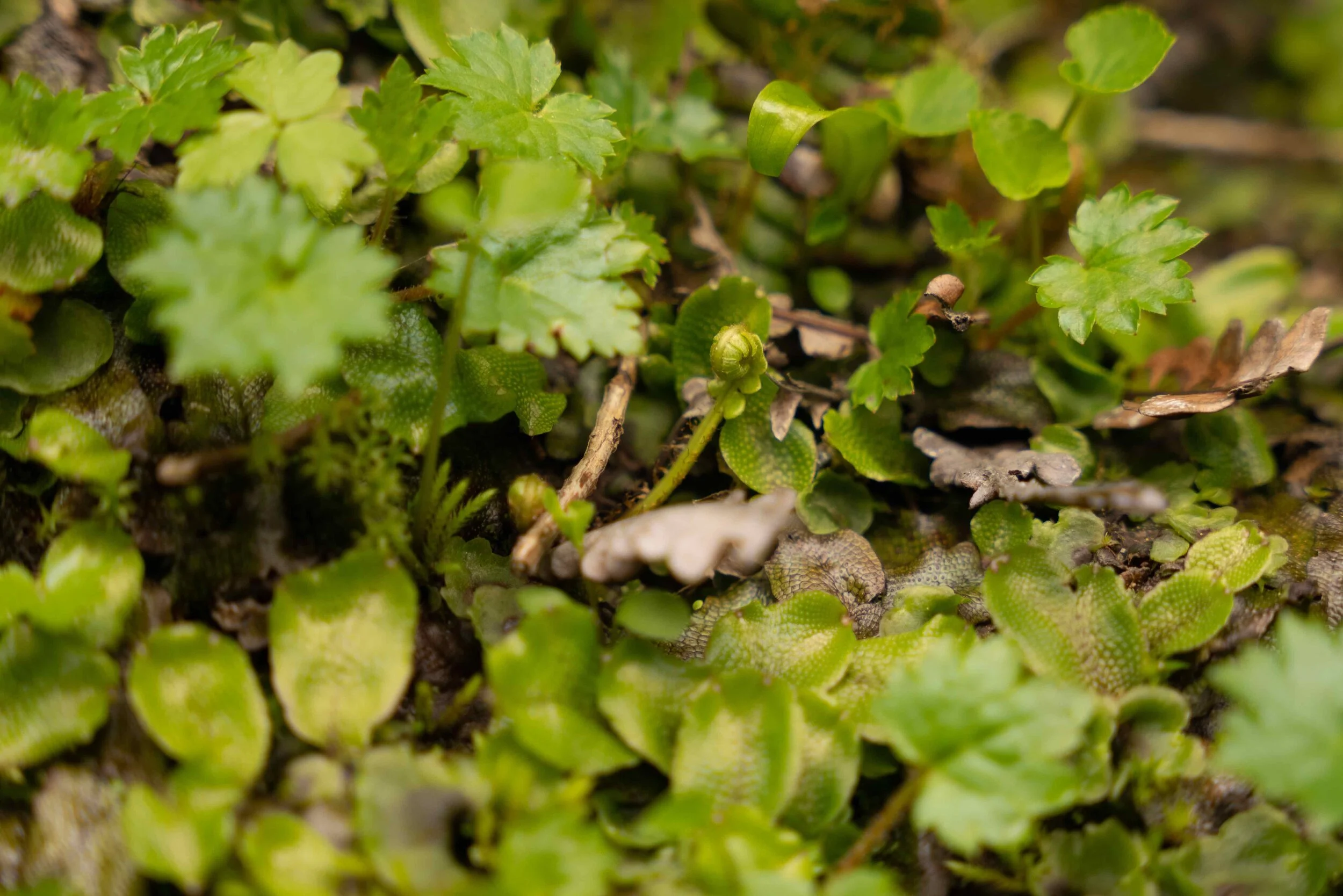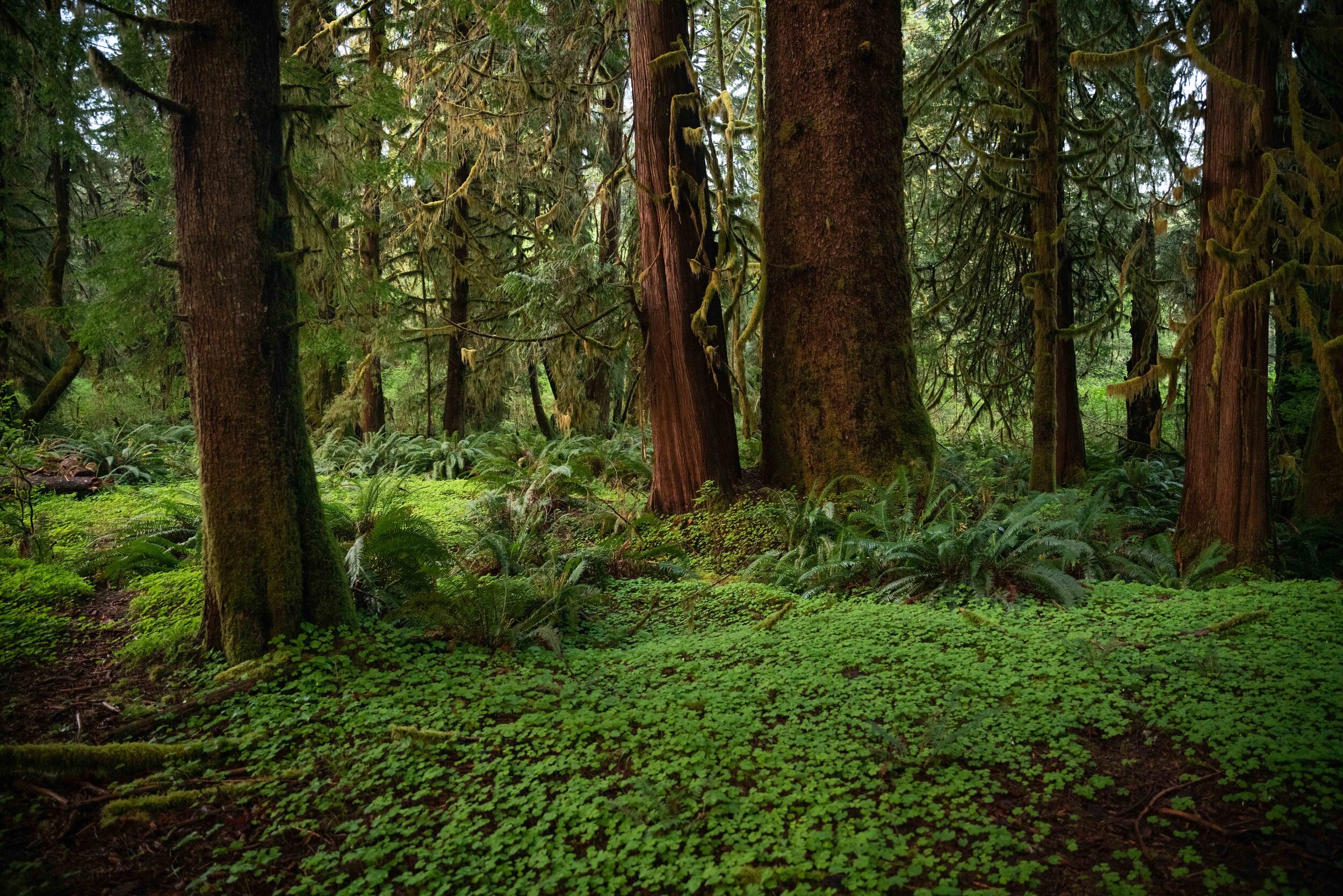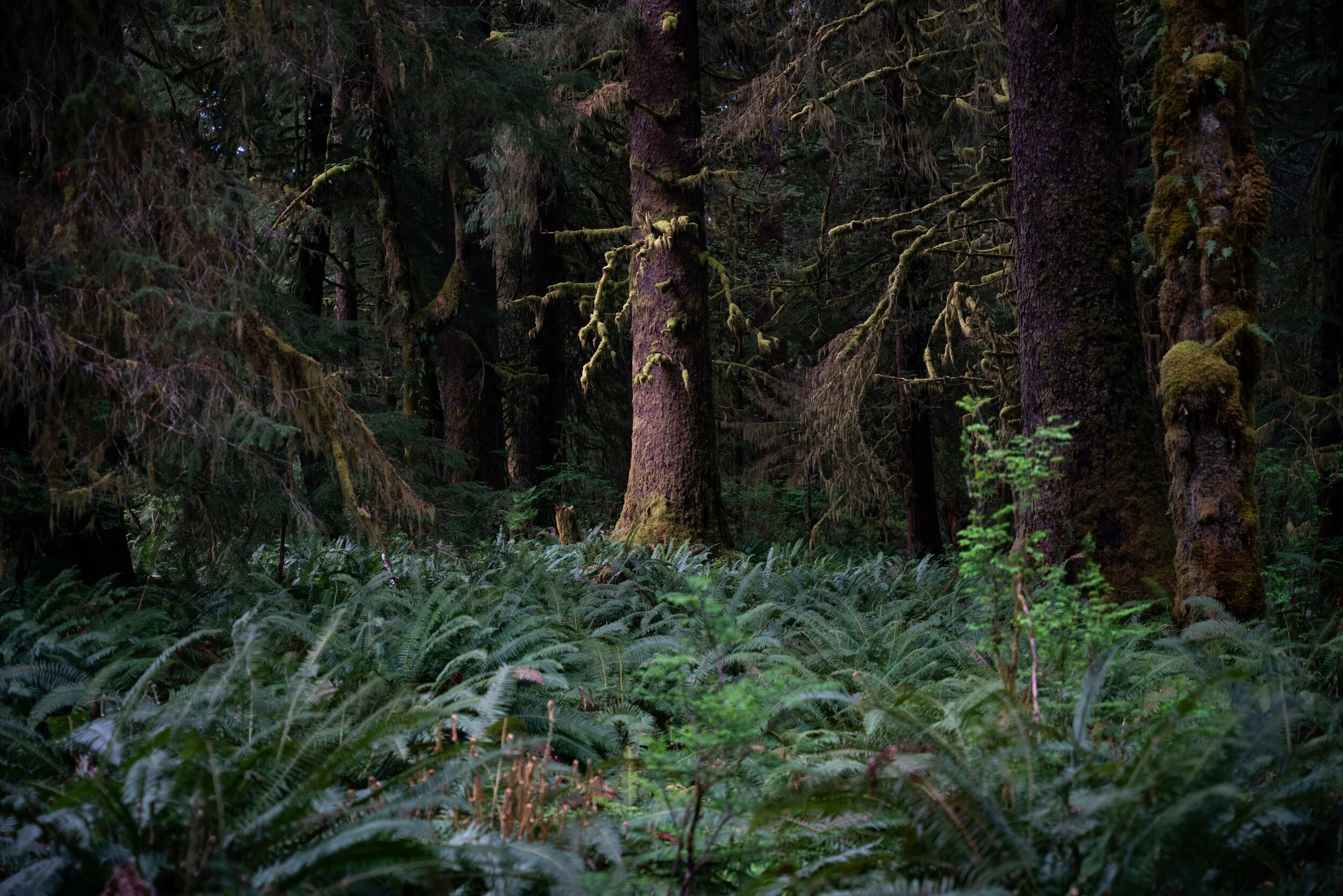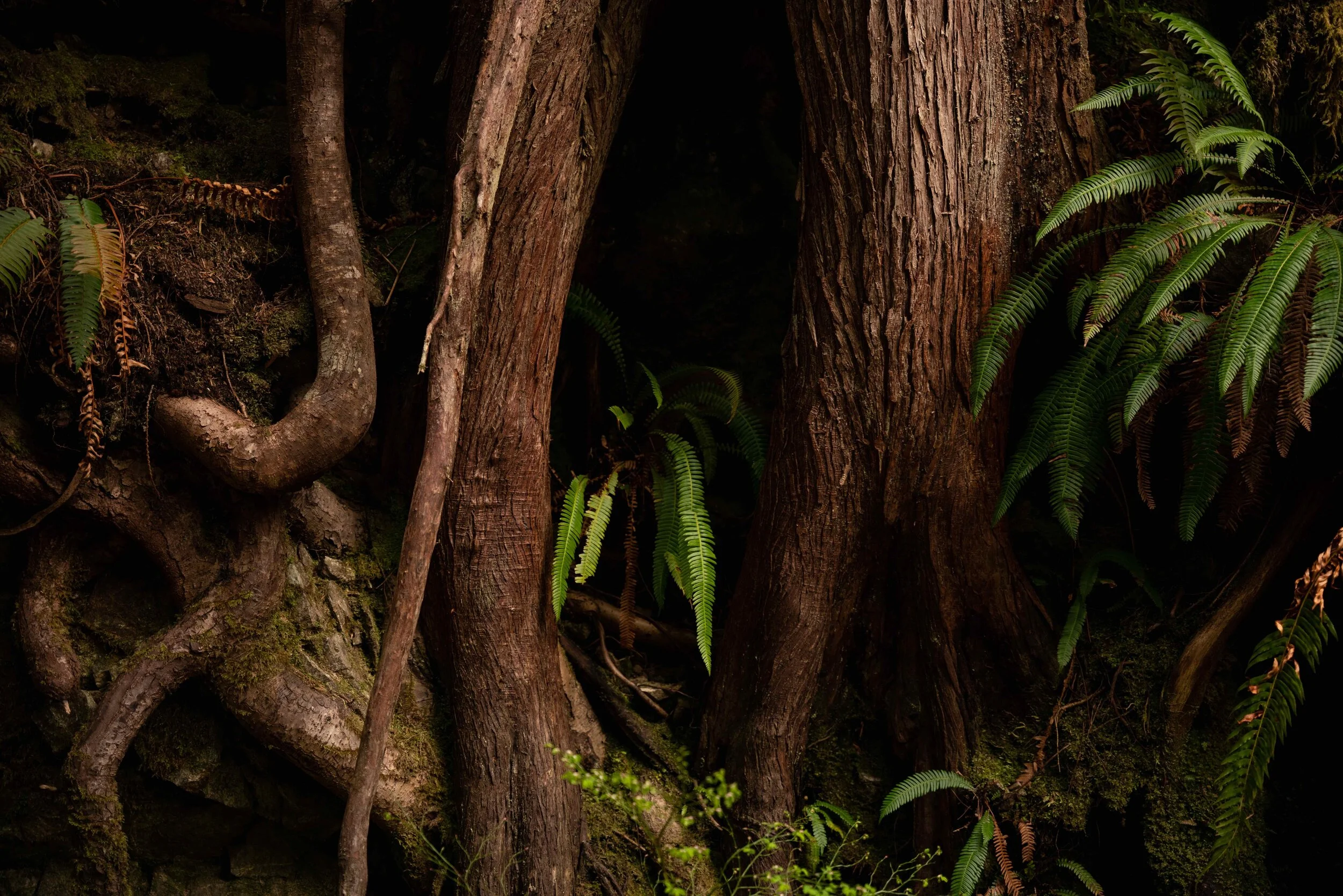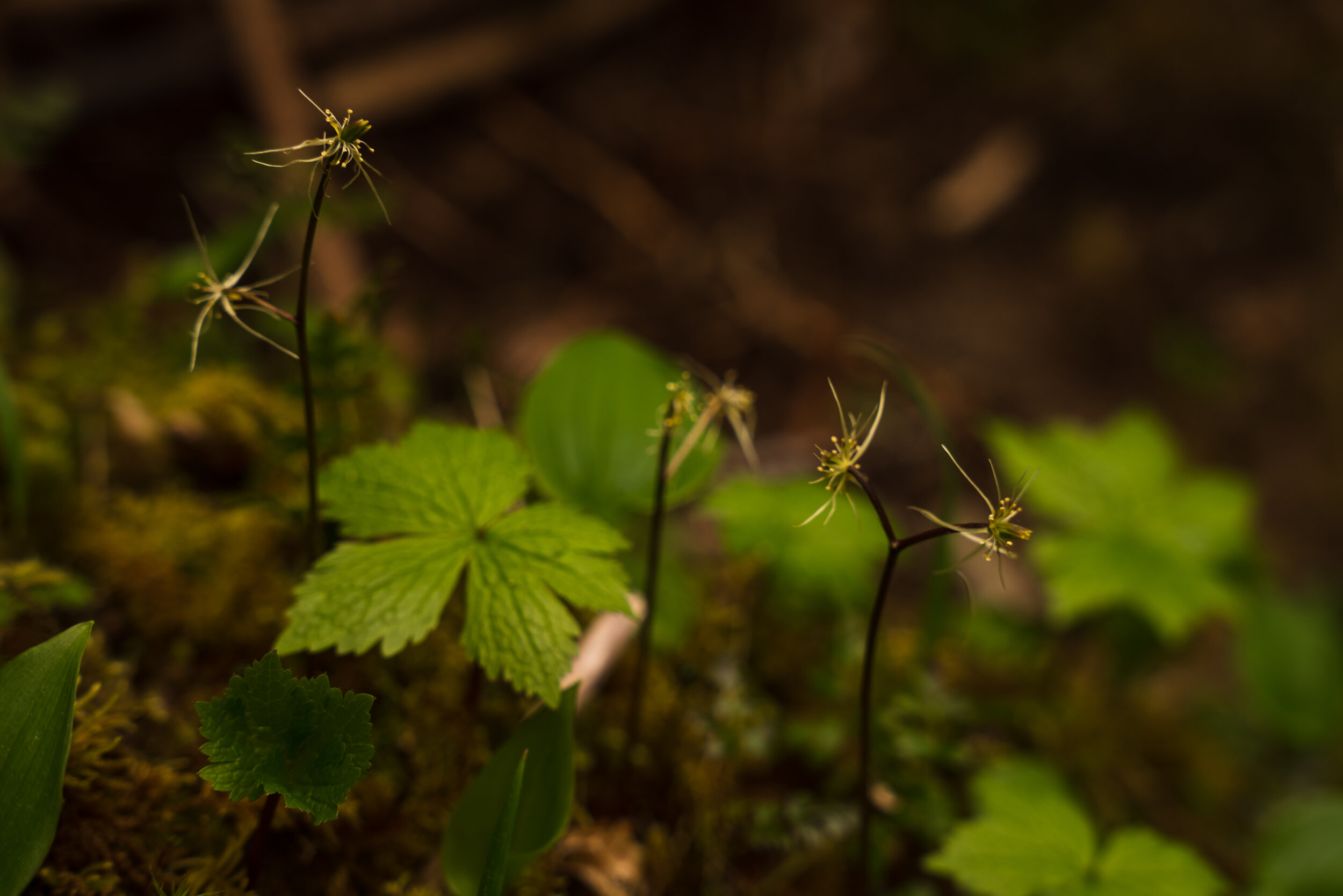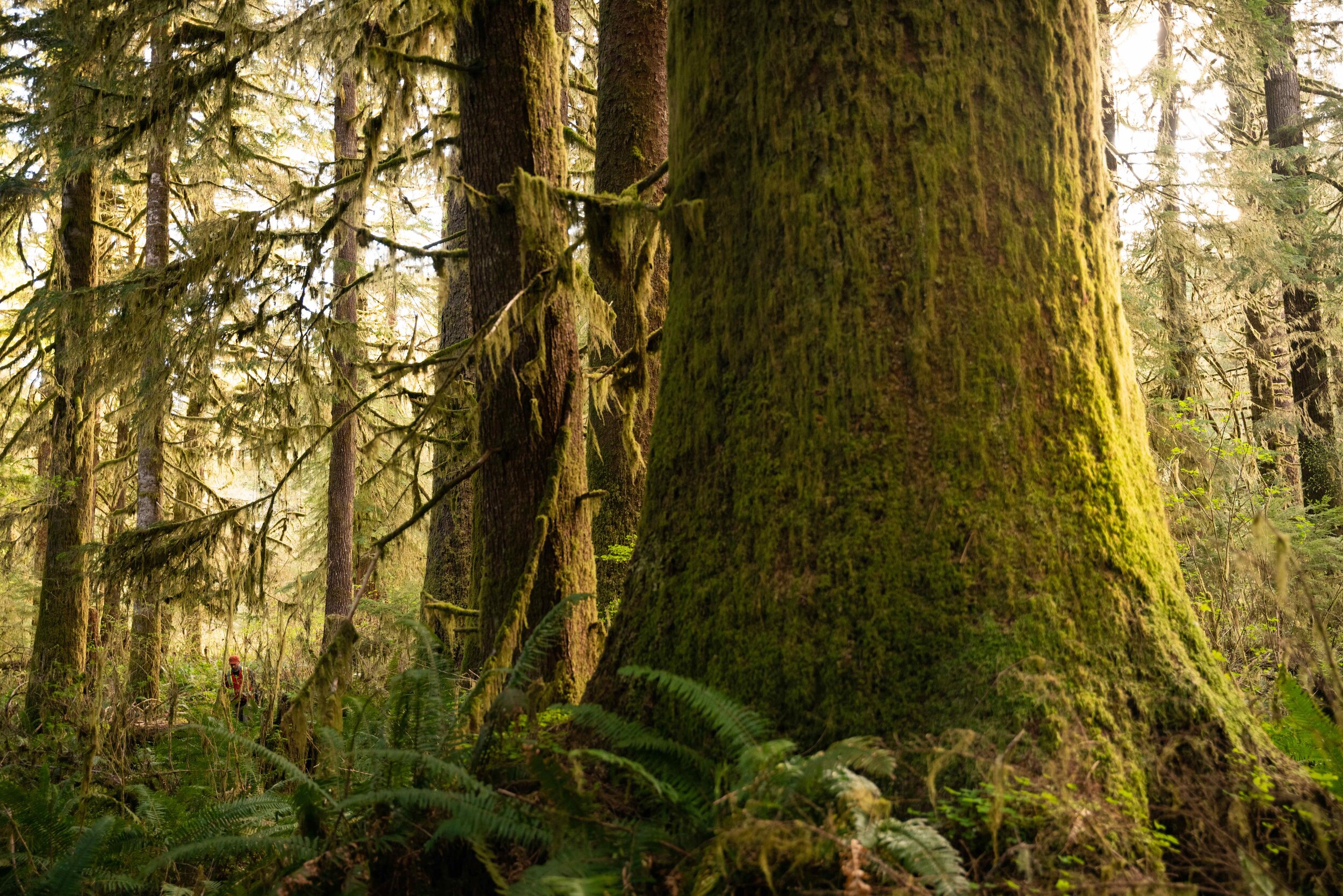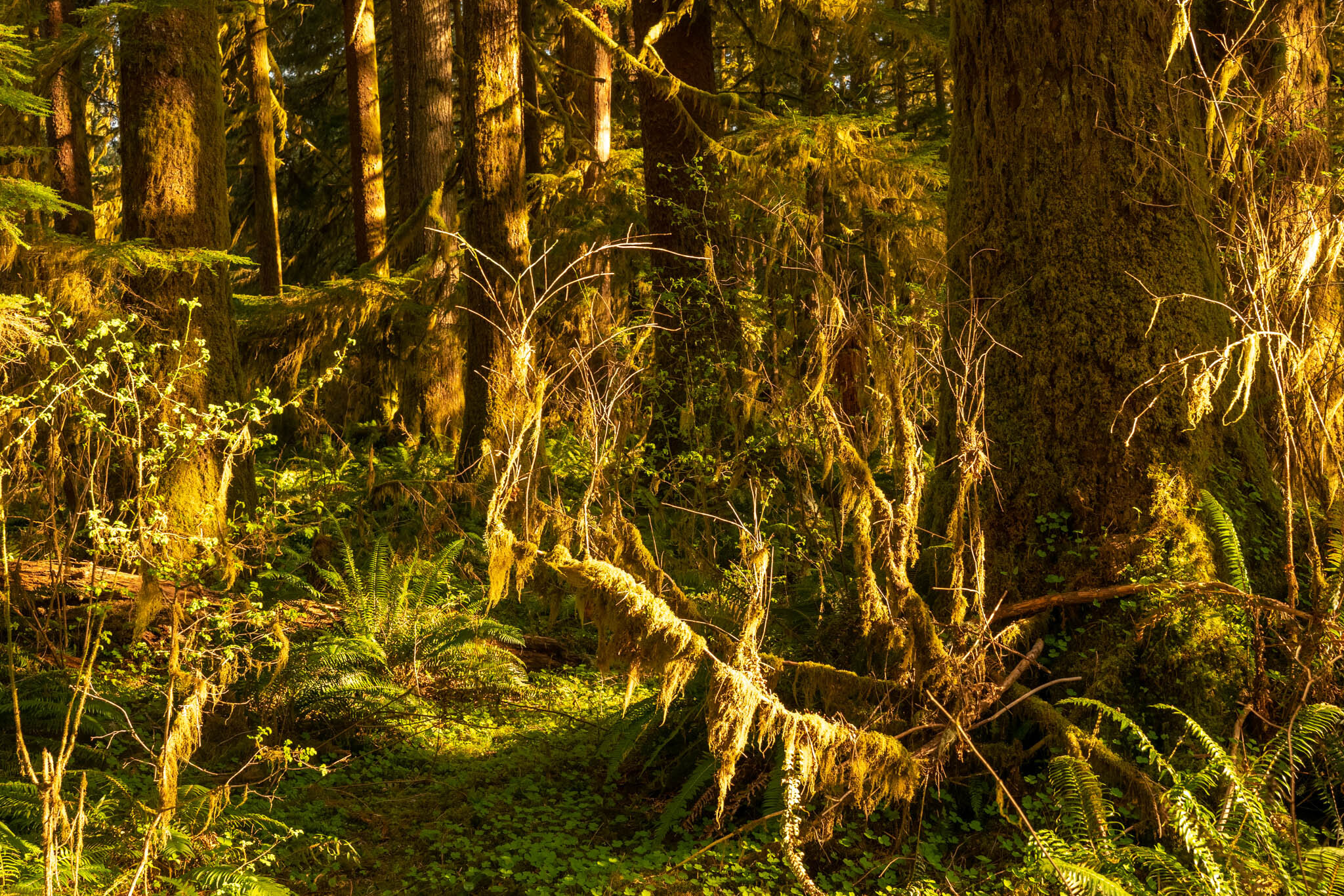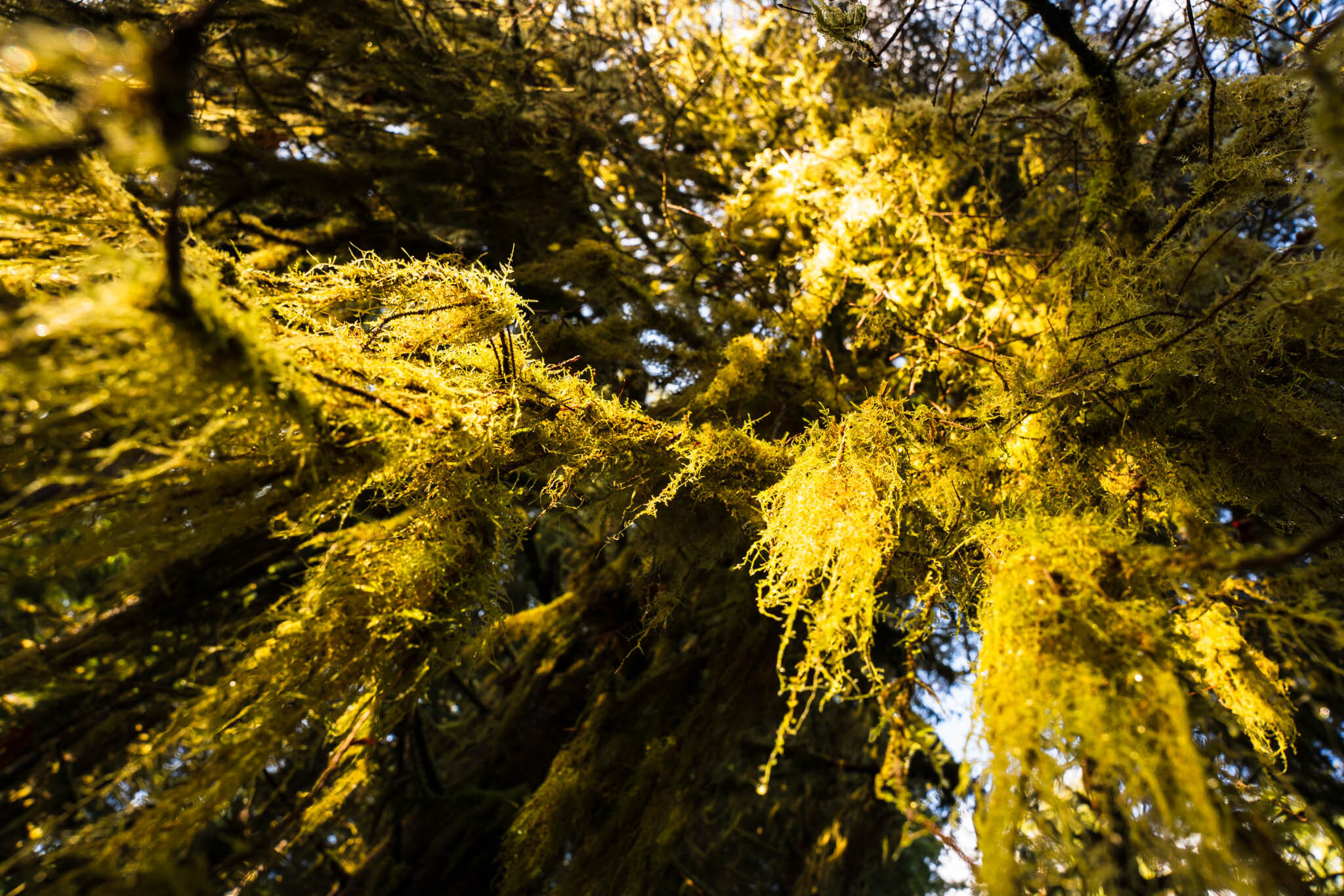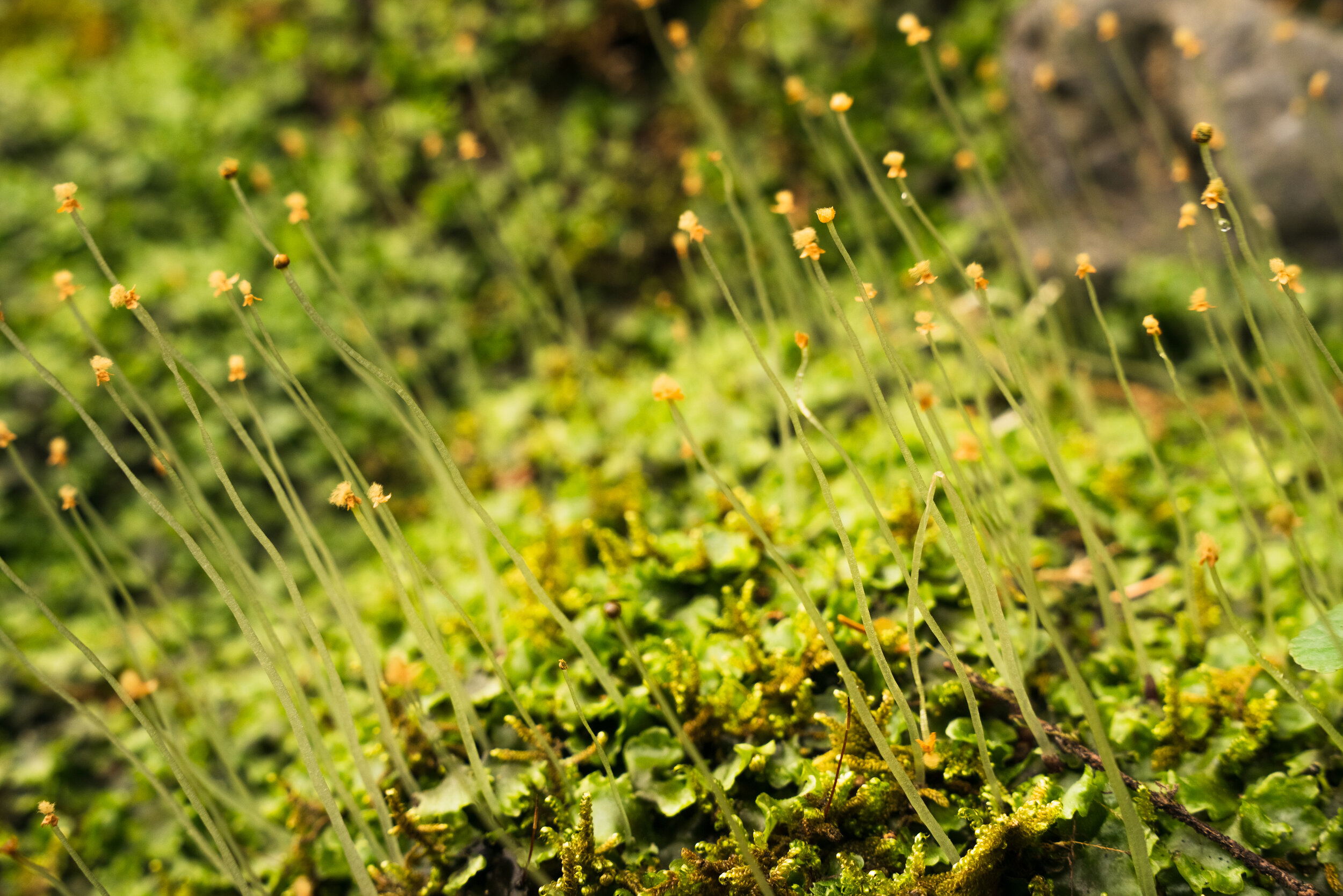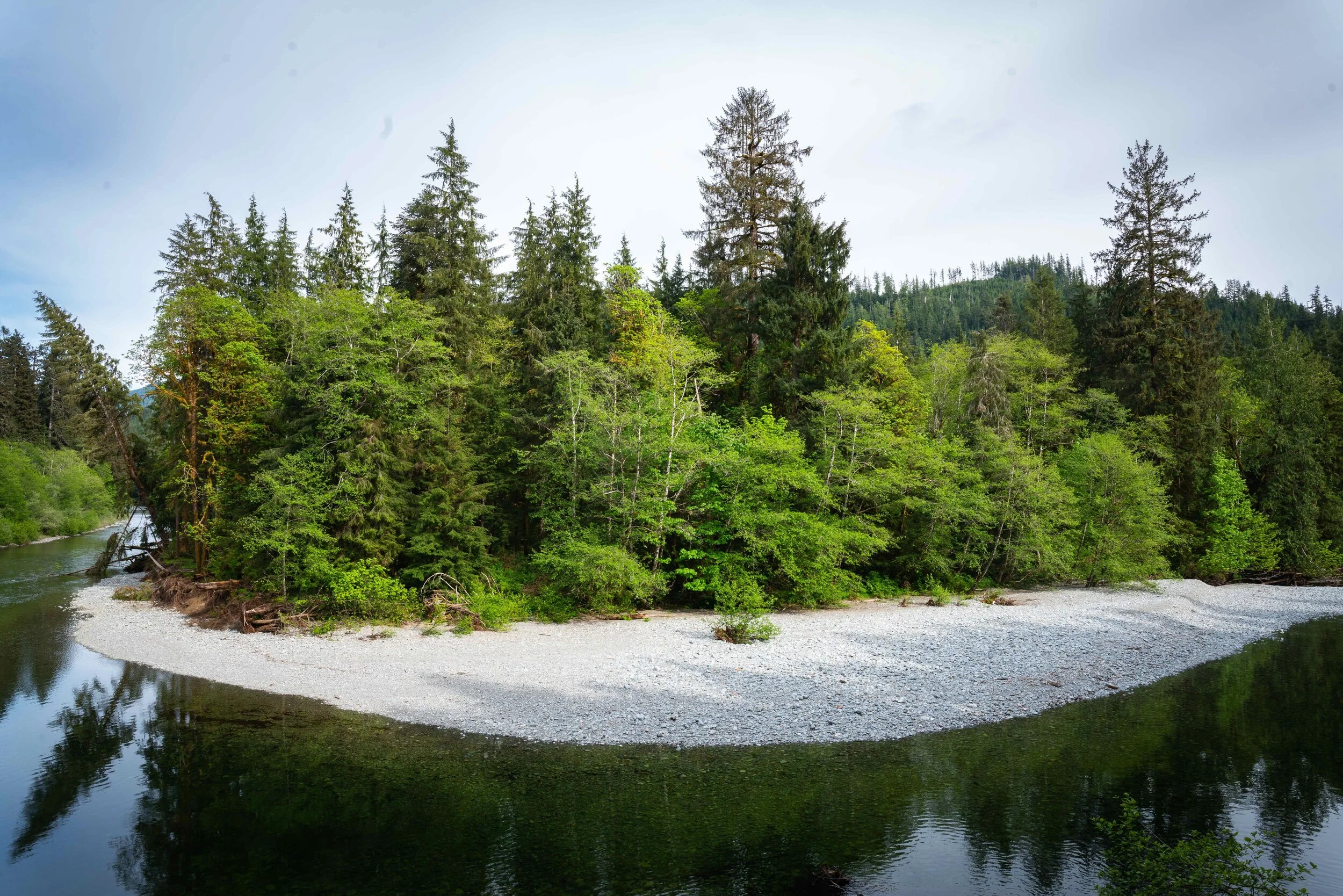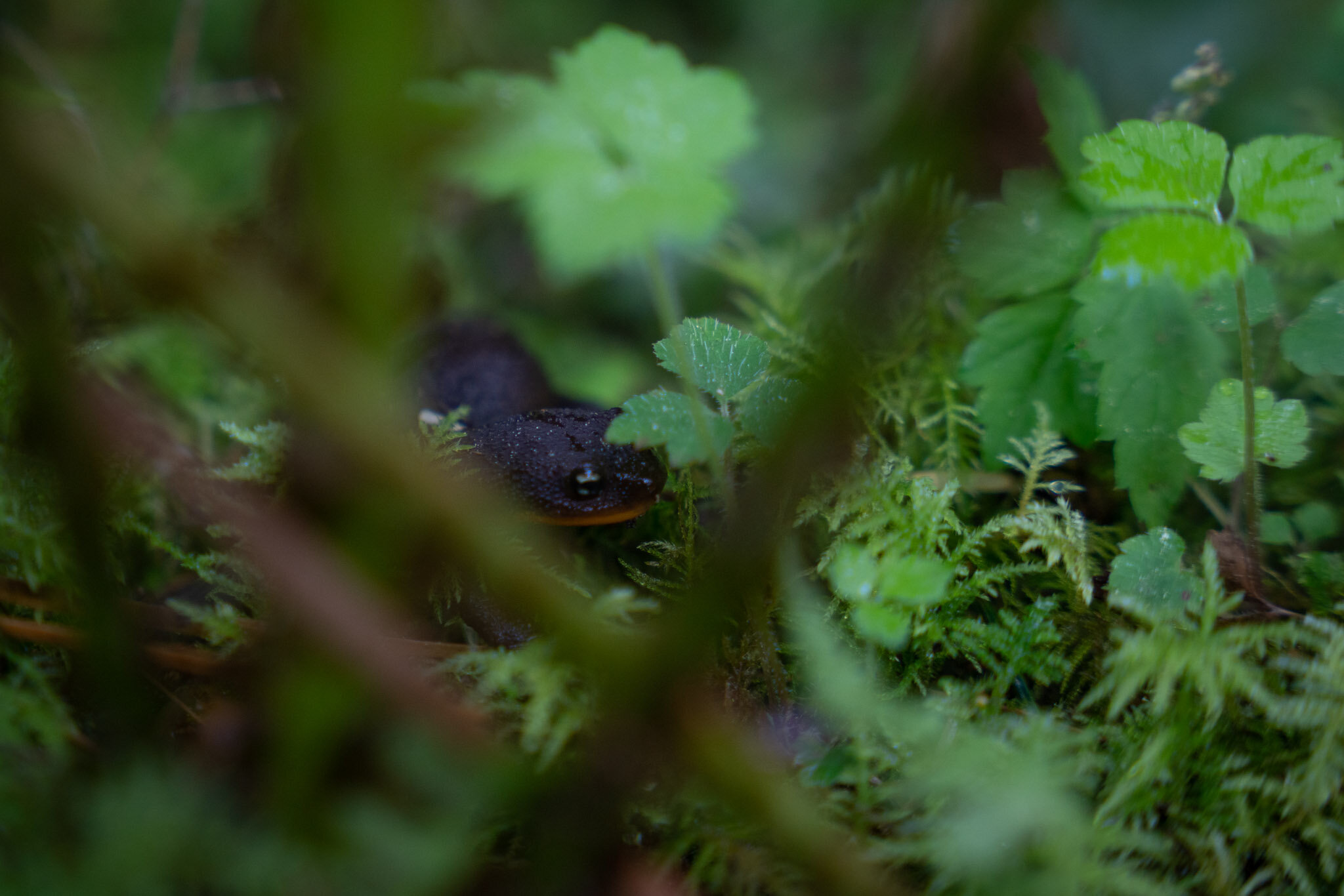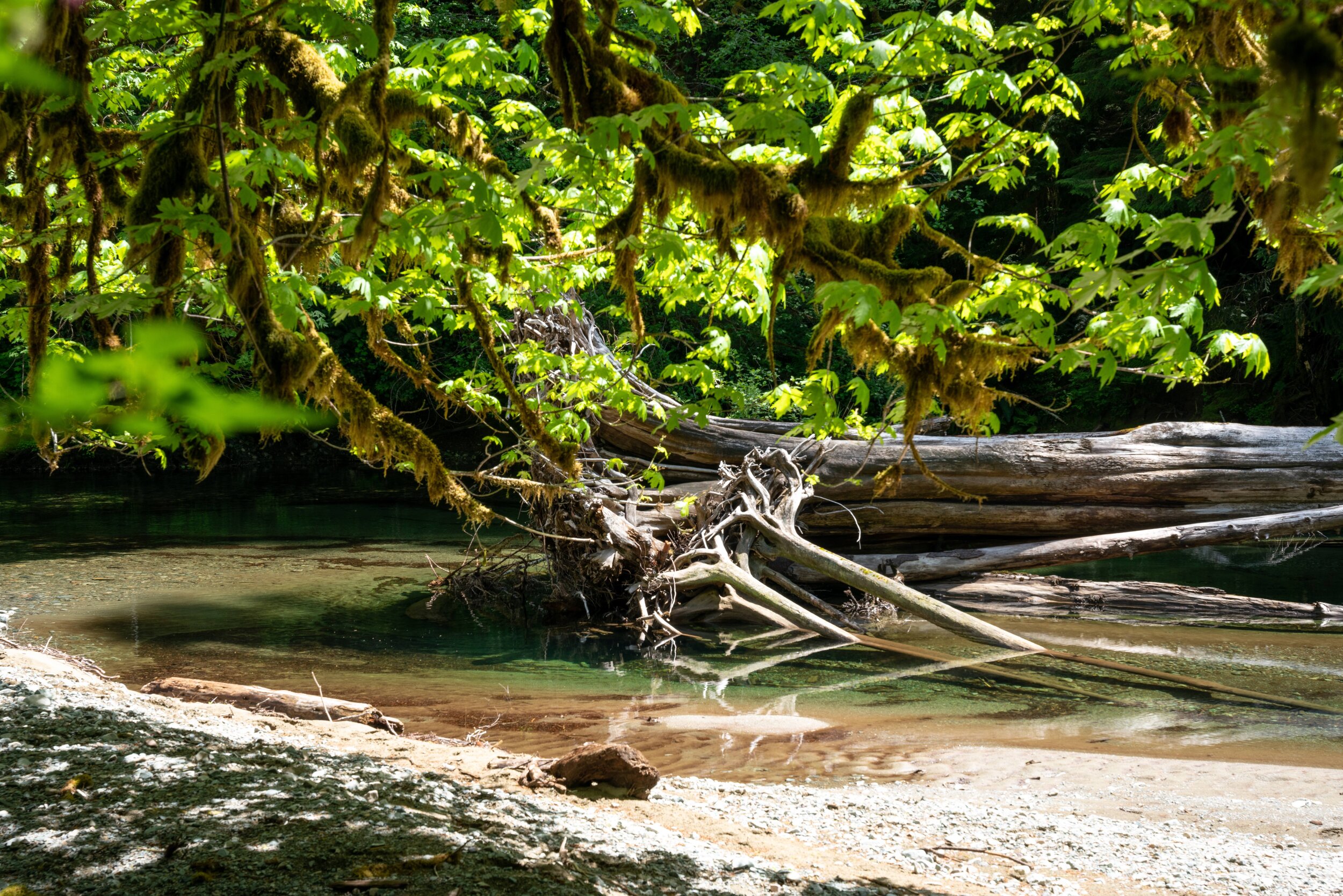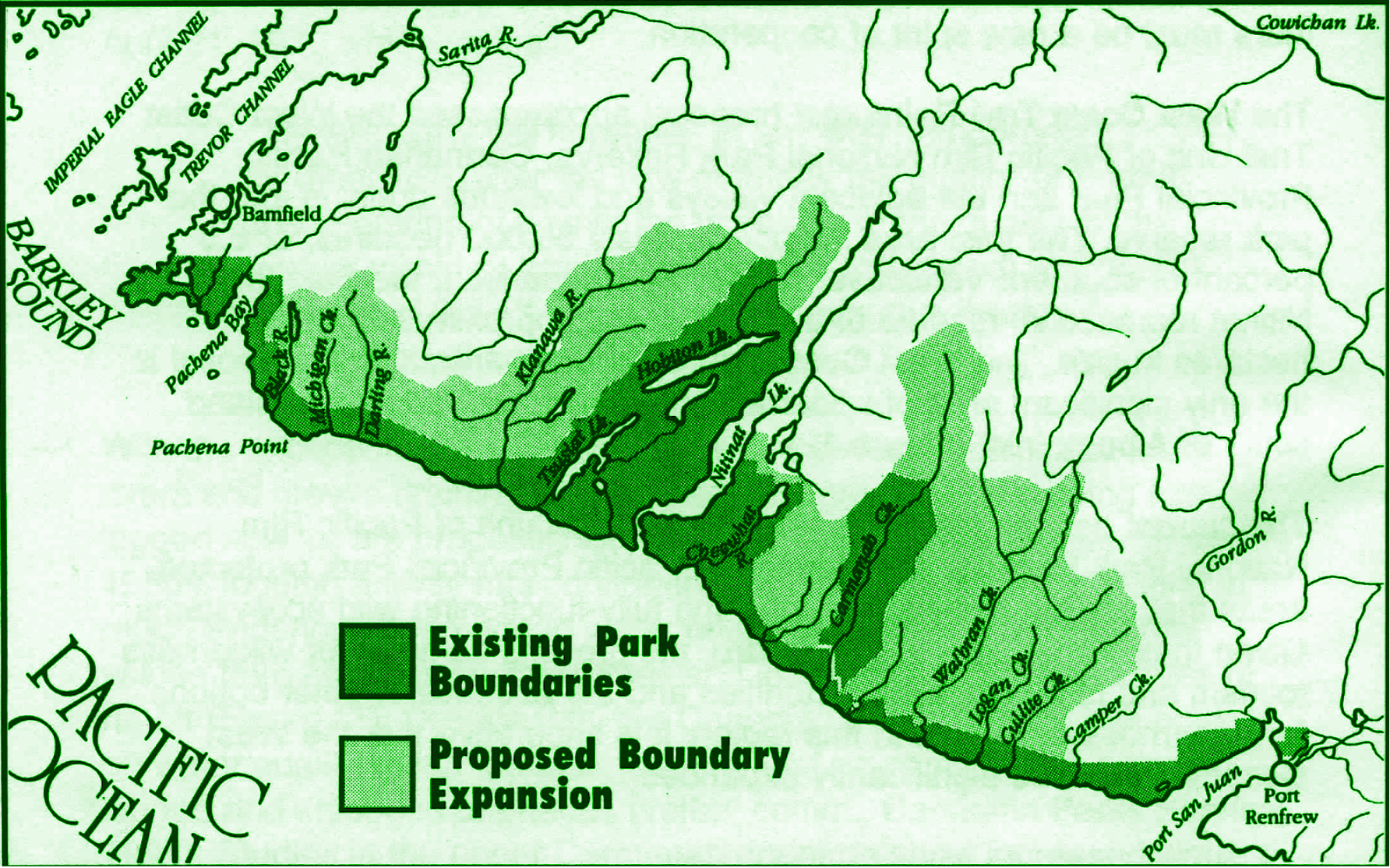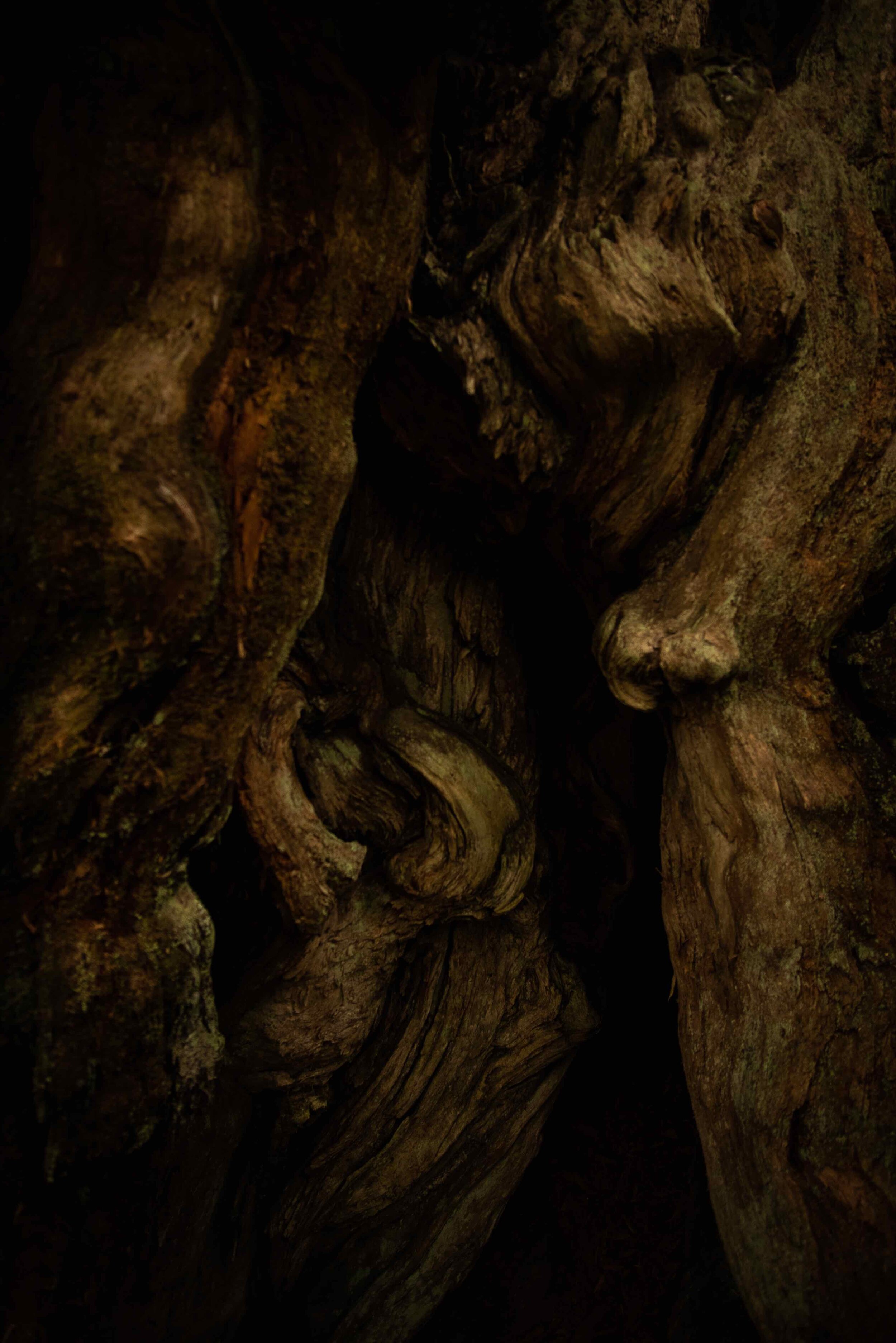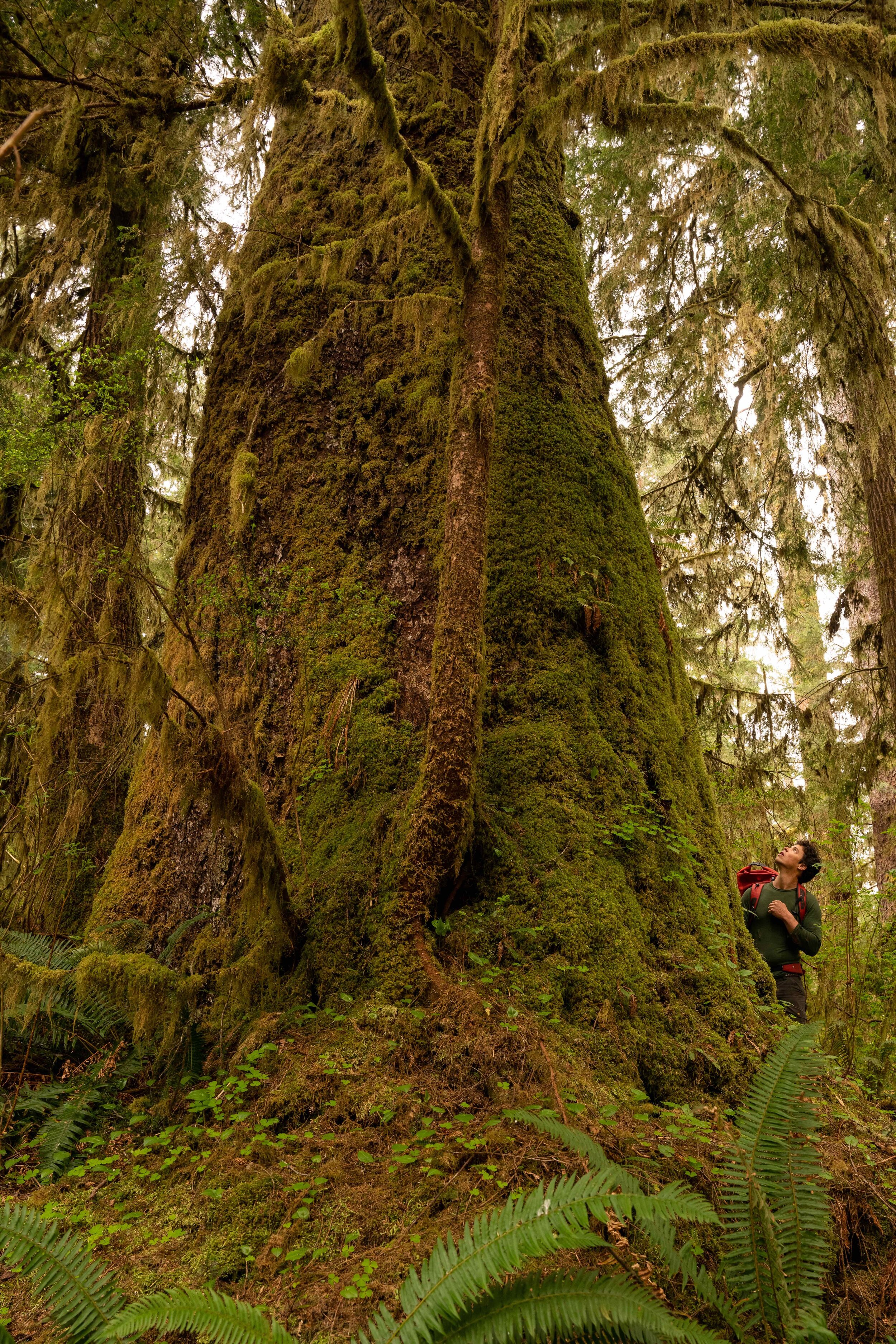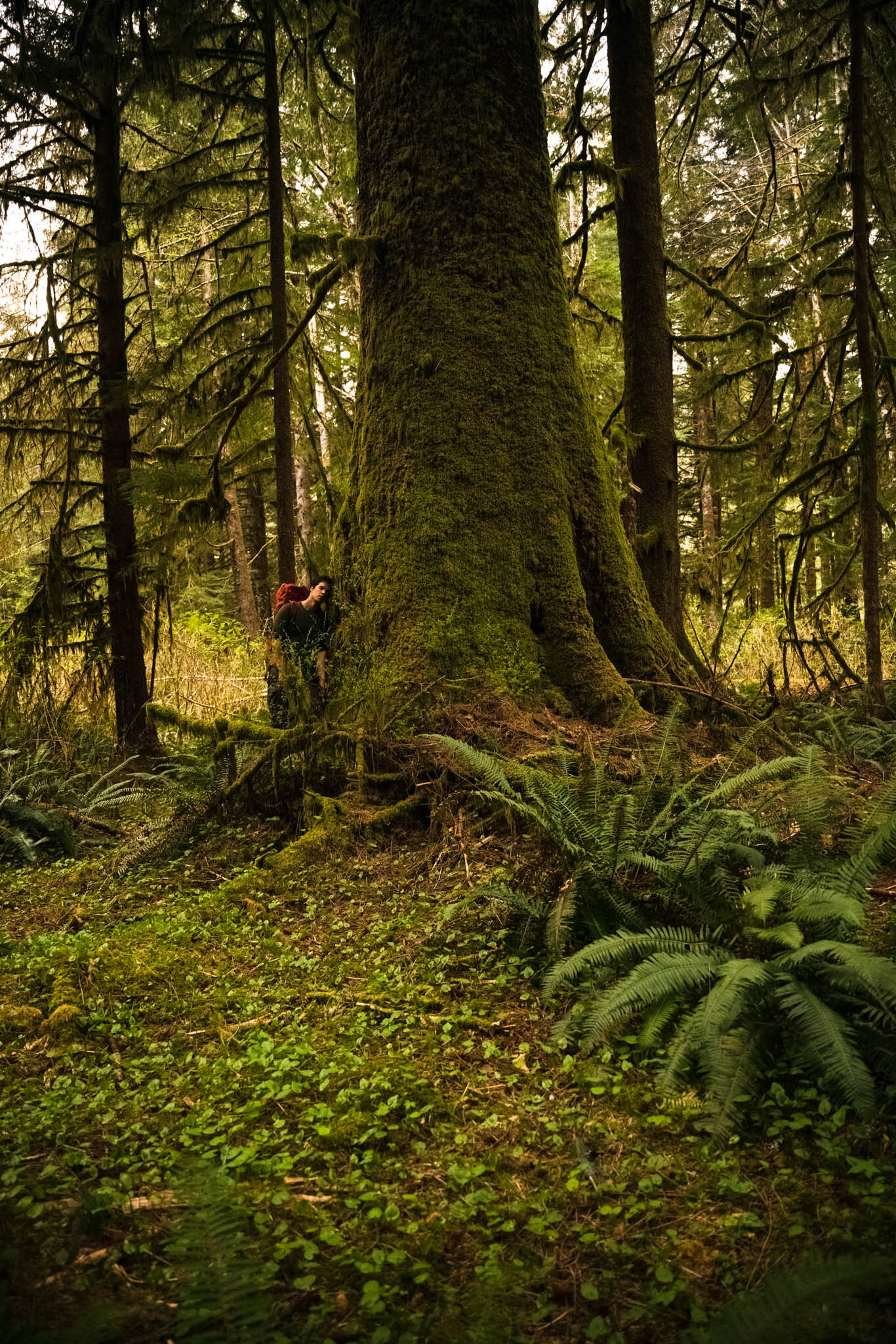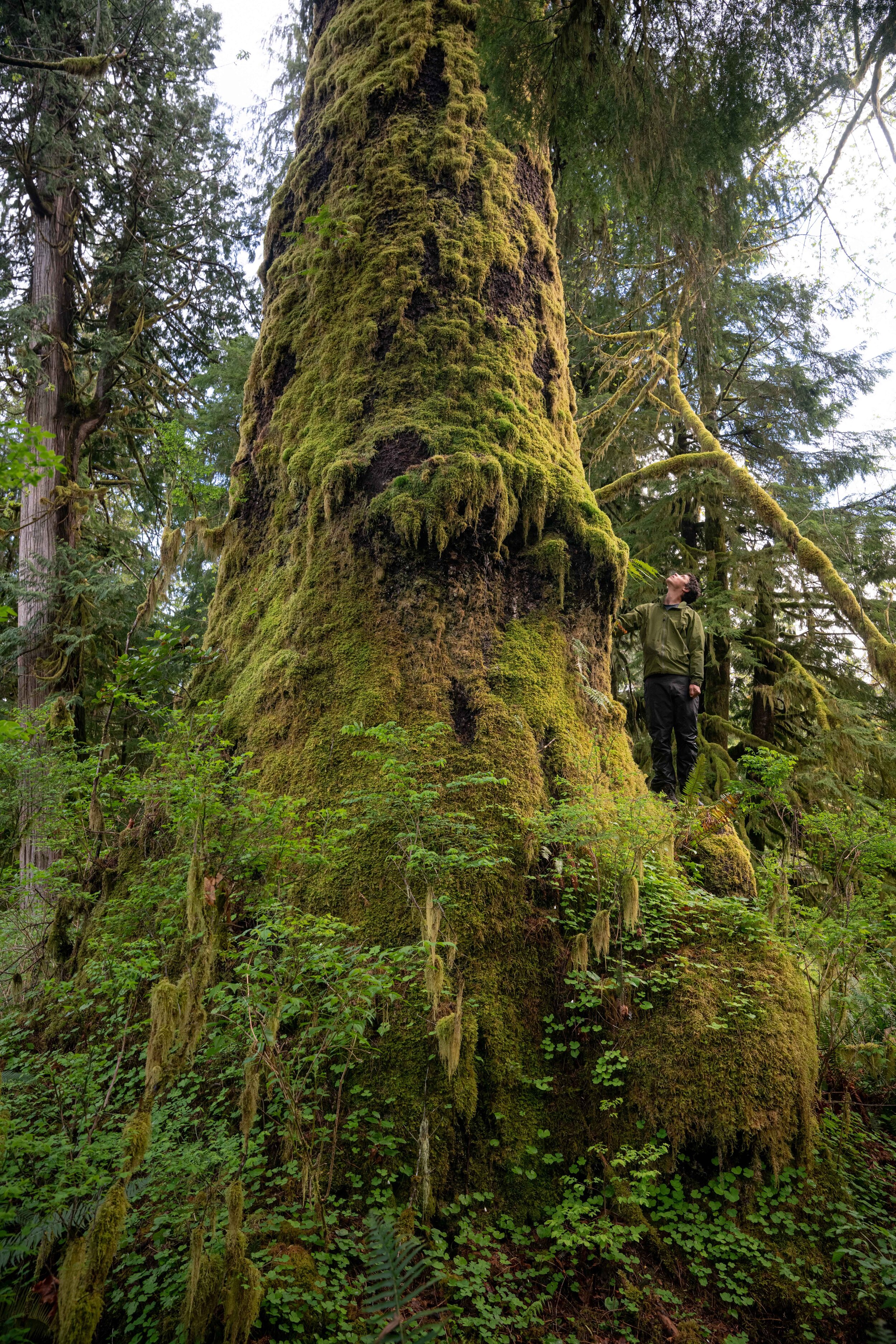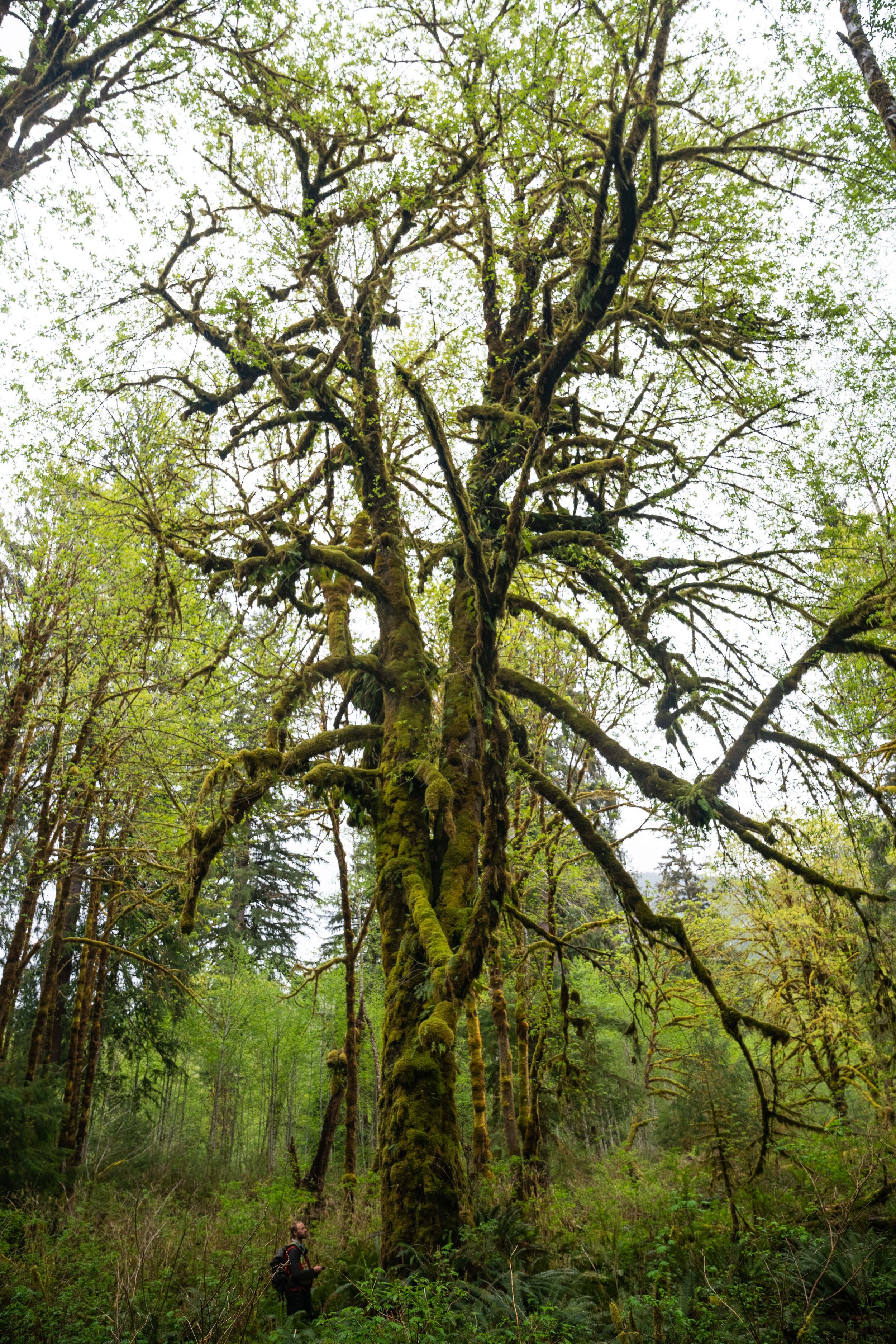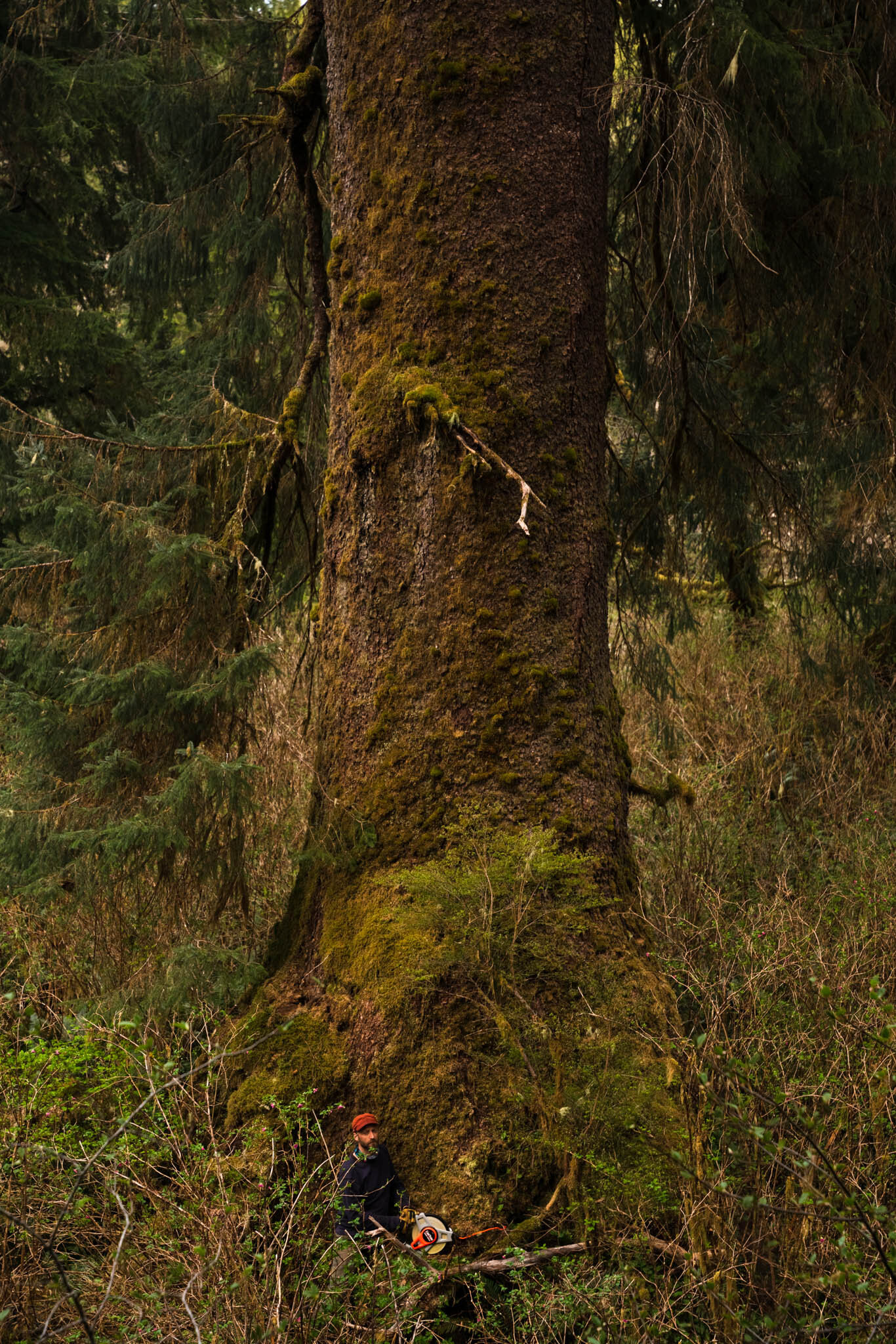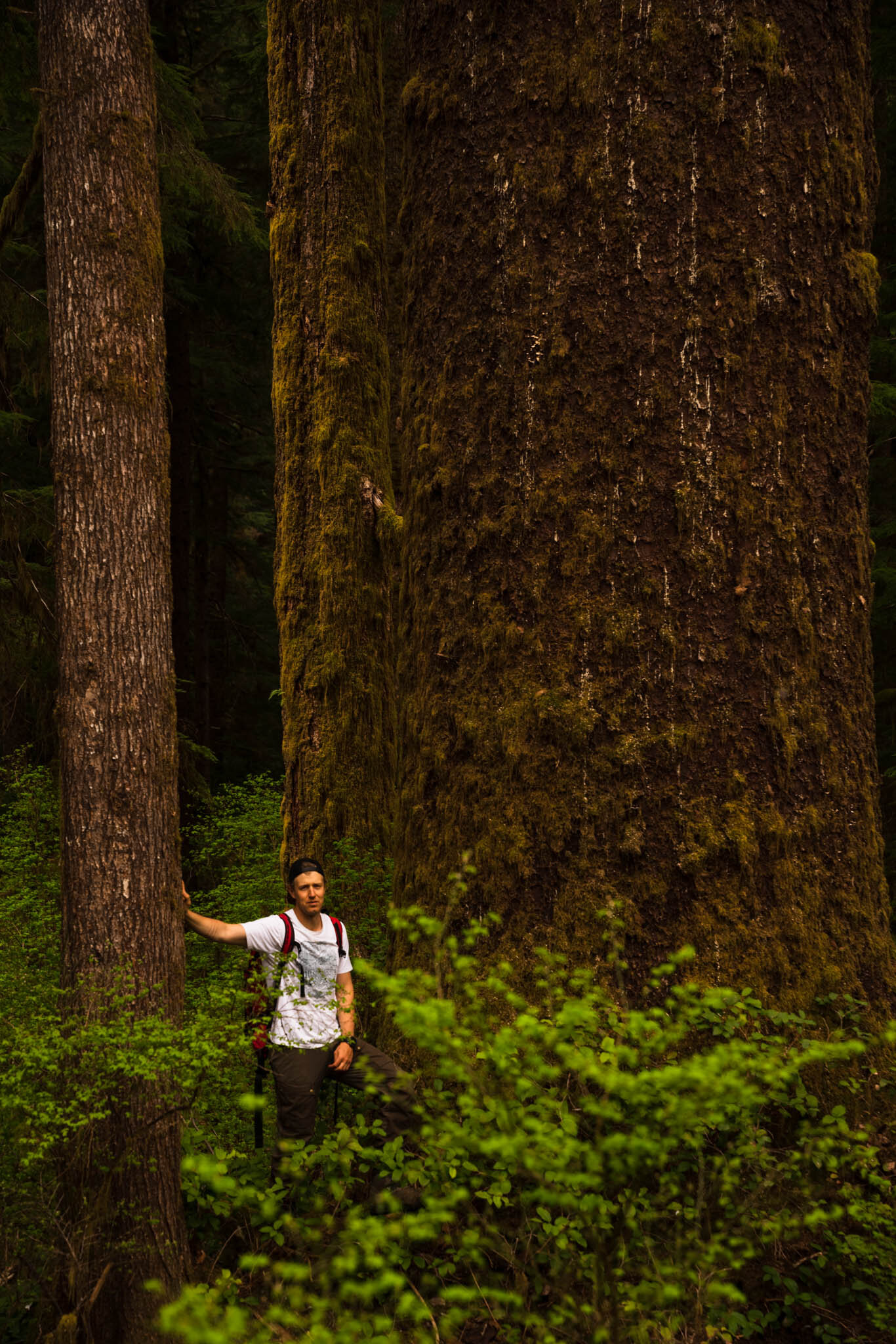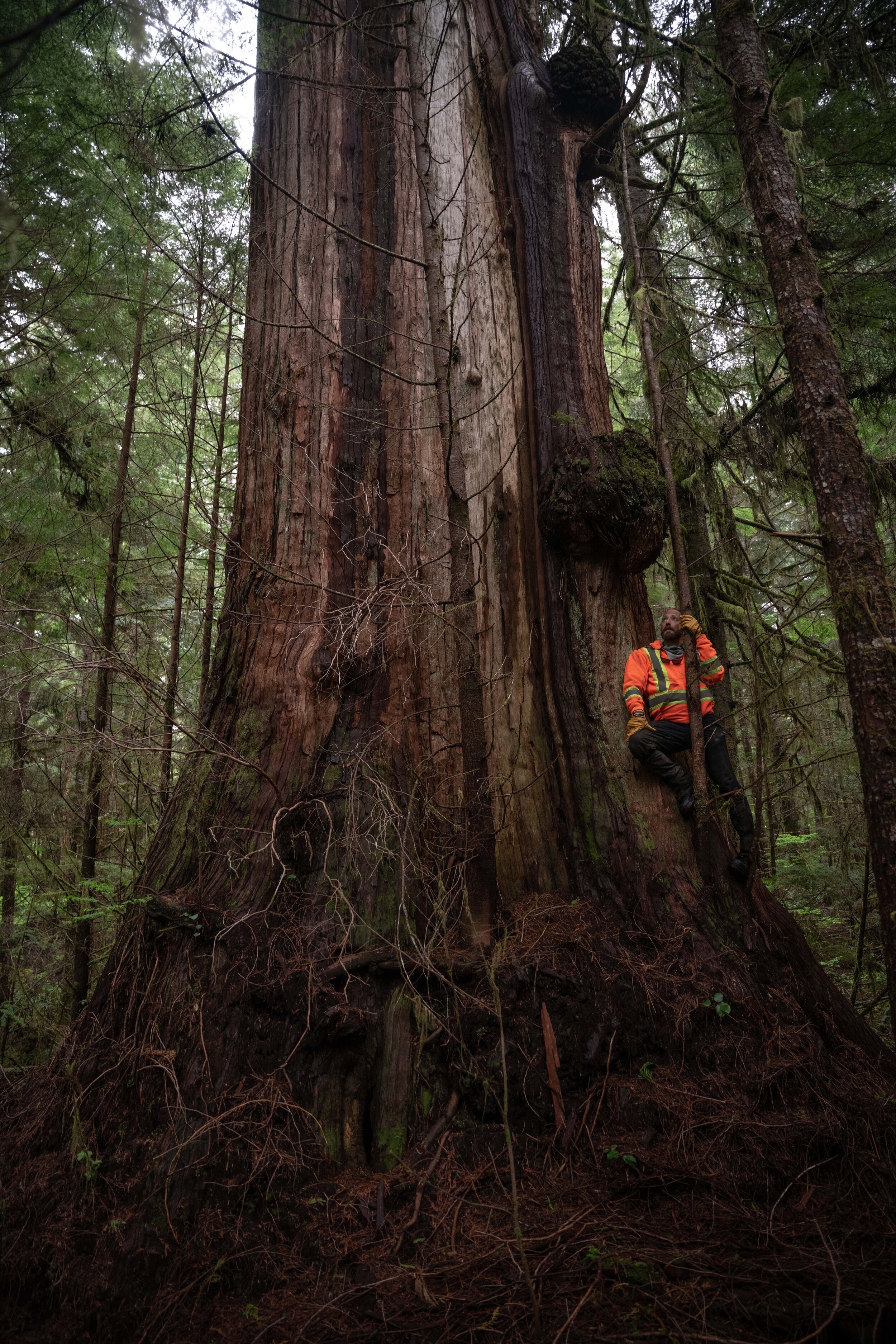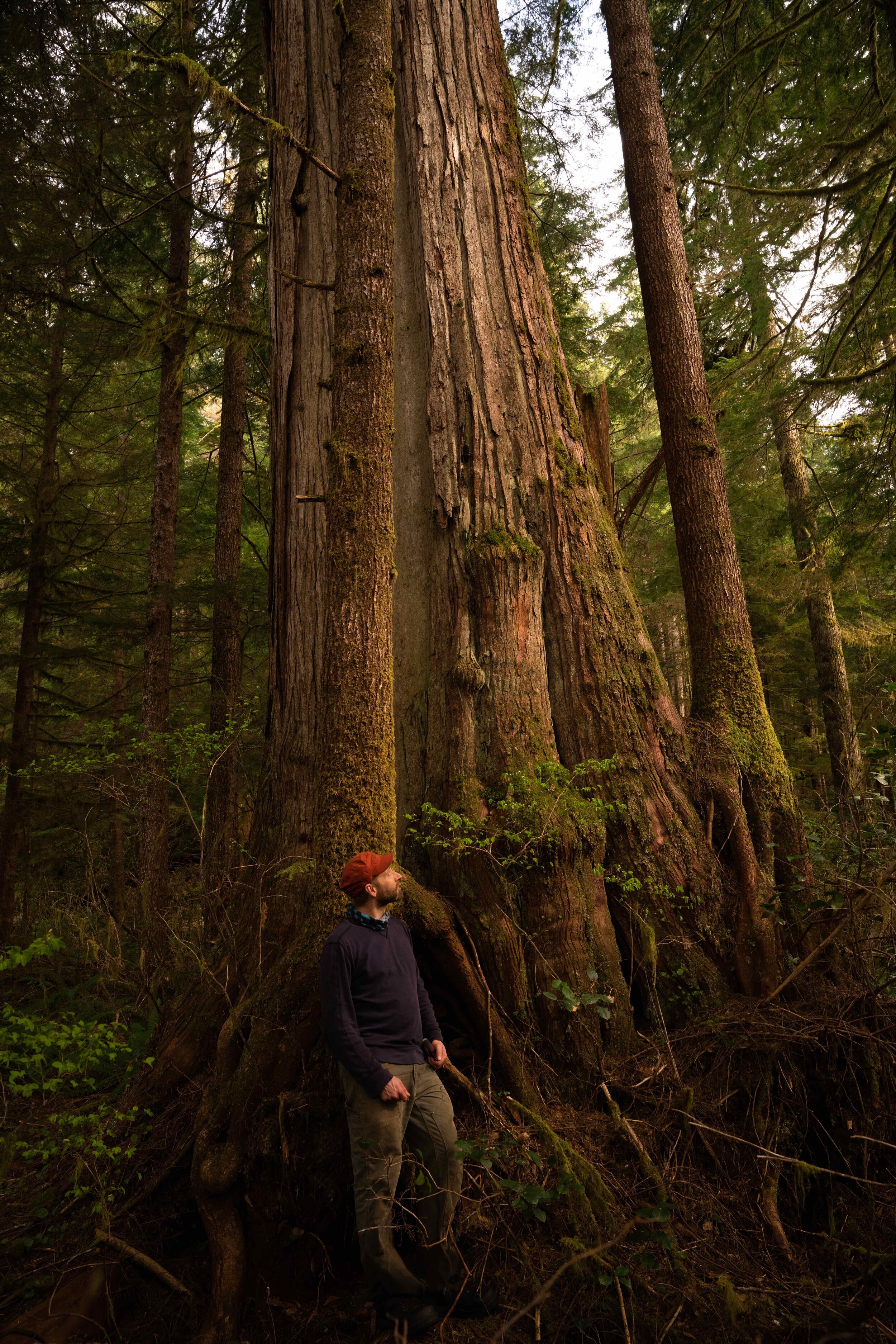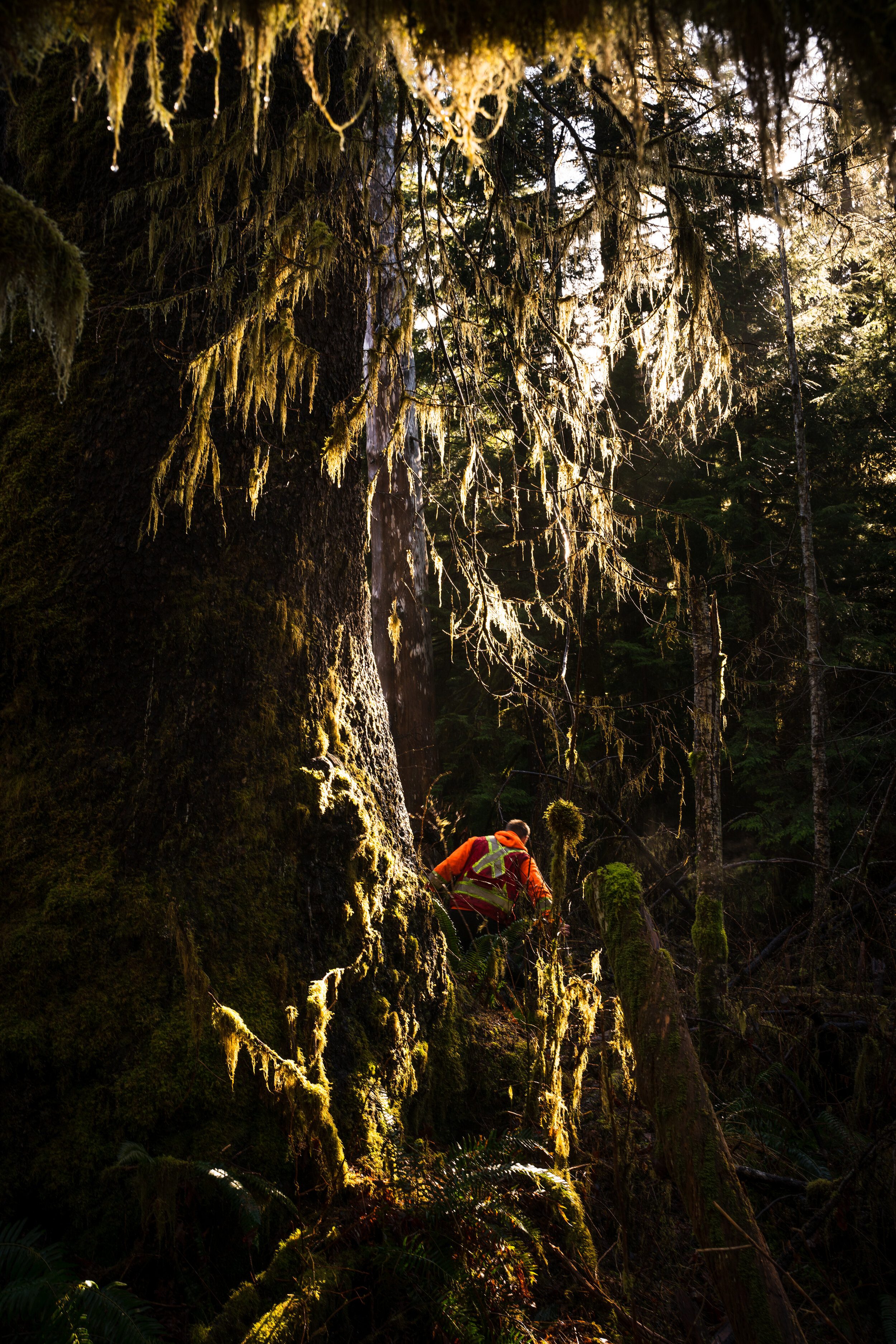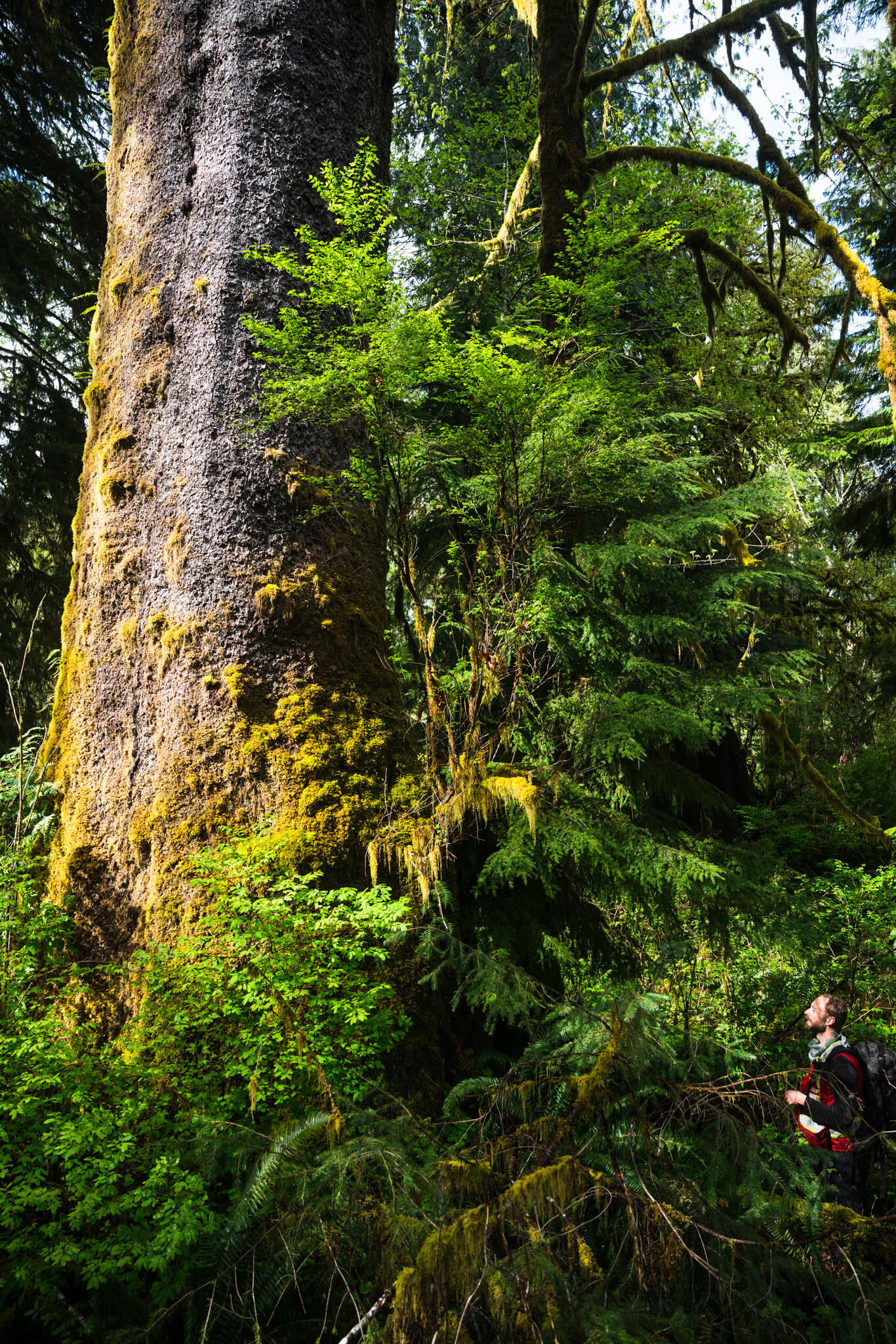Last Stand of the Klanawa
Welcoming forests adorn the banks along the Klanawa River which flows patiently into the wild Pacific Rim, its clear waters passing by a small eco-sanctuary and then meandering into the ocean. Carpeting the floor of the forest are rare herbs which enchant the visitor and entice aimless wandering. The River hosts a shy flash of steely scales, a glint from the eyes of a mischievous marten, and trampling hooves on the Elk Highway.
While massive Sitka spruce rule this quiet valley bottom, the other trees congregate in fellowship: the Red Cedar, co-dominant and regal, towering Hemlock and Amabilis Fir, who stand above venerable Maple and Alder, draped with emerald mosses amidst the stream banks.
1- Original image from The West Coast Trail Rainforest Proposal Planning Document by Stoltmann and the Wilderness Committee in 1992. Efforts were made to protect wilderness areas surrounding the West Coast Trail section of Pacific Rim National Park, which eventually gained important riparian area protection through expanded provincial park buffers. Carmanah grew to include the upper Carmanah Valley and Lower Walbran, Logan and Cullite Creeks; and the Hitchie was added to the Nitinat Triangle. Proposed protection areas to the north and west of the Nitinat Triangle were omitted from the newly extended buffers of the National Park.
Lying deep within the lands of the Huu-ay-aht and the Ditidaht peoples, the Klanawa River Valley is a remote wilderness area nestled between the communities of Bamfield and Nitinat on the South West coast of Vancouver Island. This particular region has seen persistent logging activity that has continued uninterrupted for three decades.
This is the last stand of the grand trees adorning the valley walls of this gentle watershed, and they are undergoing the same ecocide shared by so many other besieged forested areas on this Island.
In the early 90’s there was concern about the imminent logging of the ancient rainforests surrounding the West Coast Trail unit of Pacific Rim National Park. Stoltmann and the Wilderness Committee produced an influential planning document which identified key riparian and forest areas to be recommended for protection in the maintenance of regional ecological integrity.
The areas included the upper water catchments of both the Carmannah and Nitinat Triangle, the Walbran and adjoining creeks, the Klanawa, and the Black River and Michigan Creek areas. These areas were already being actively logged or being slated to be cut in the near future.
Eventually these conservation efforts were largely successful, resulting in a considerable expansion of the park (and of two adjoining provincial parks). However, the regions to the North West of Nitinat were not protected and the logging activity continued there unchecked.
And thus, the Klanawa began to see a vigorous clearcutting campaign which continues to this very day. Out of sight and out of mind, the Klanawa is being diminished, abandoned to the distant memory of the few that have enjoyed her beauty.
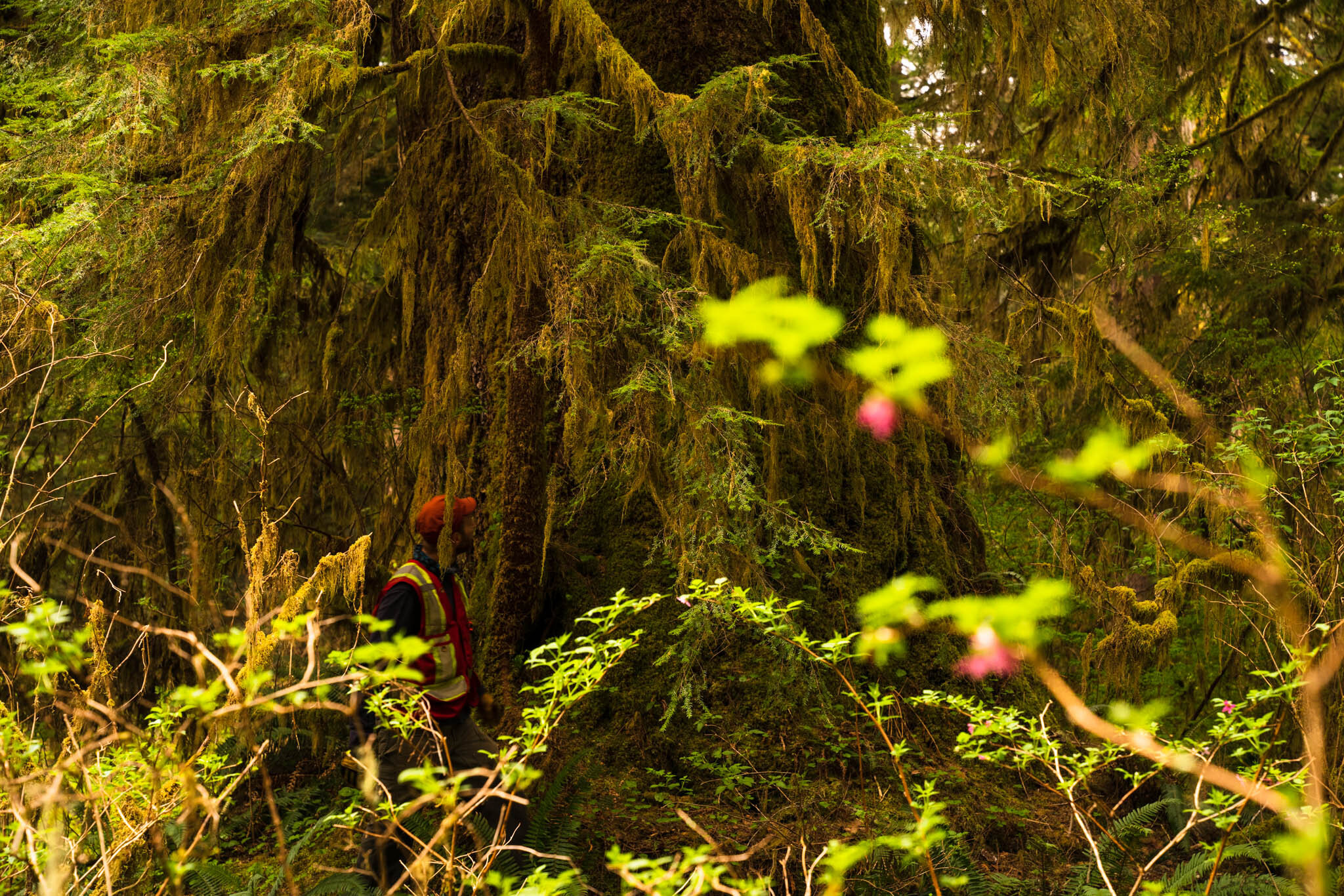

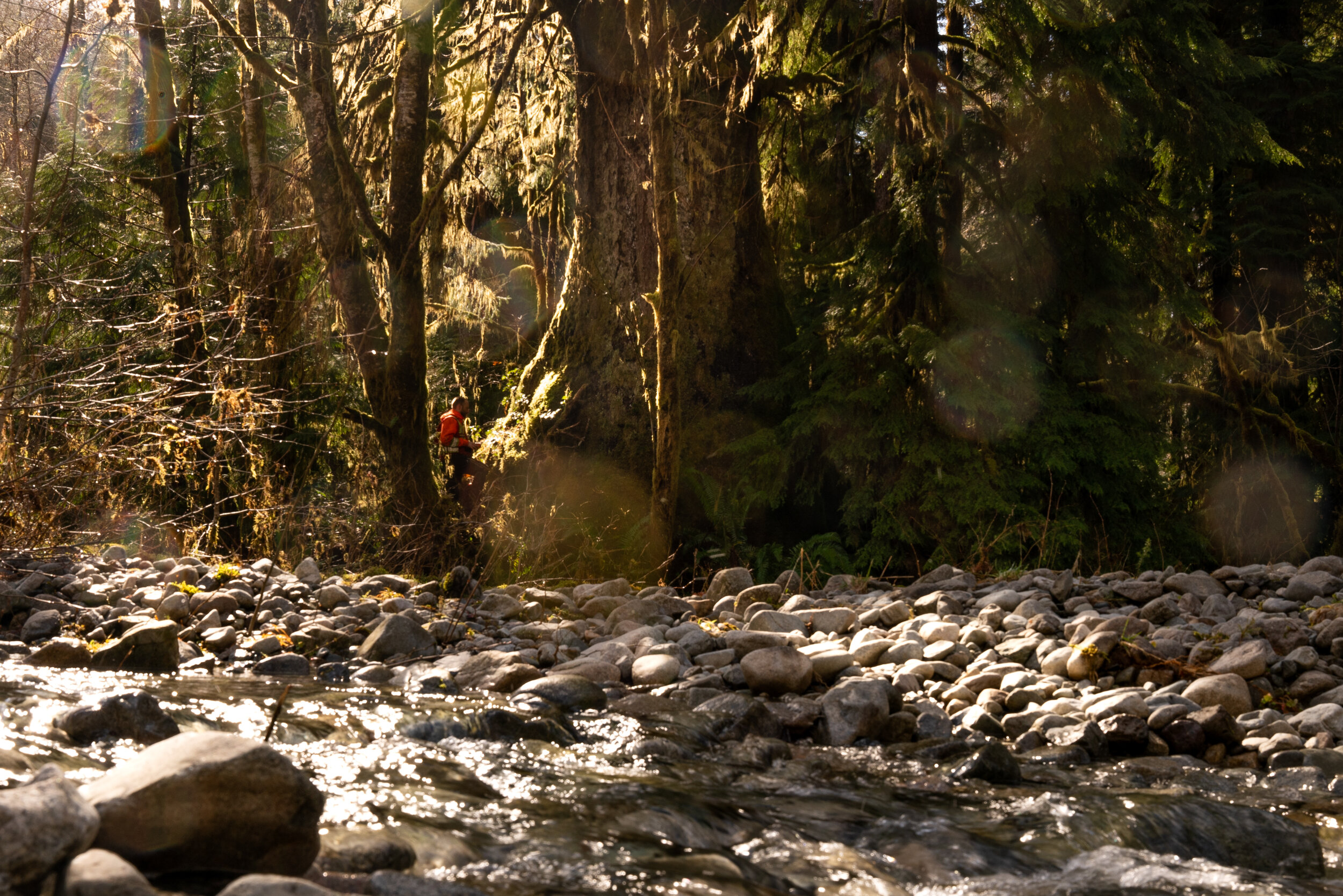
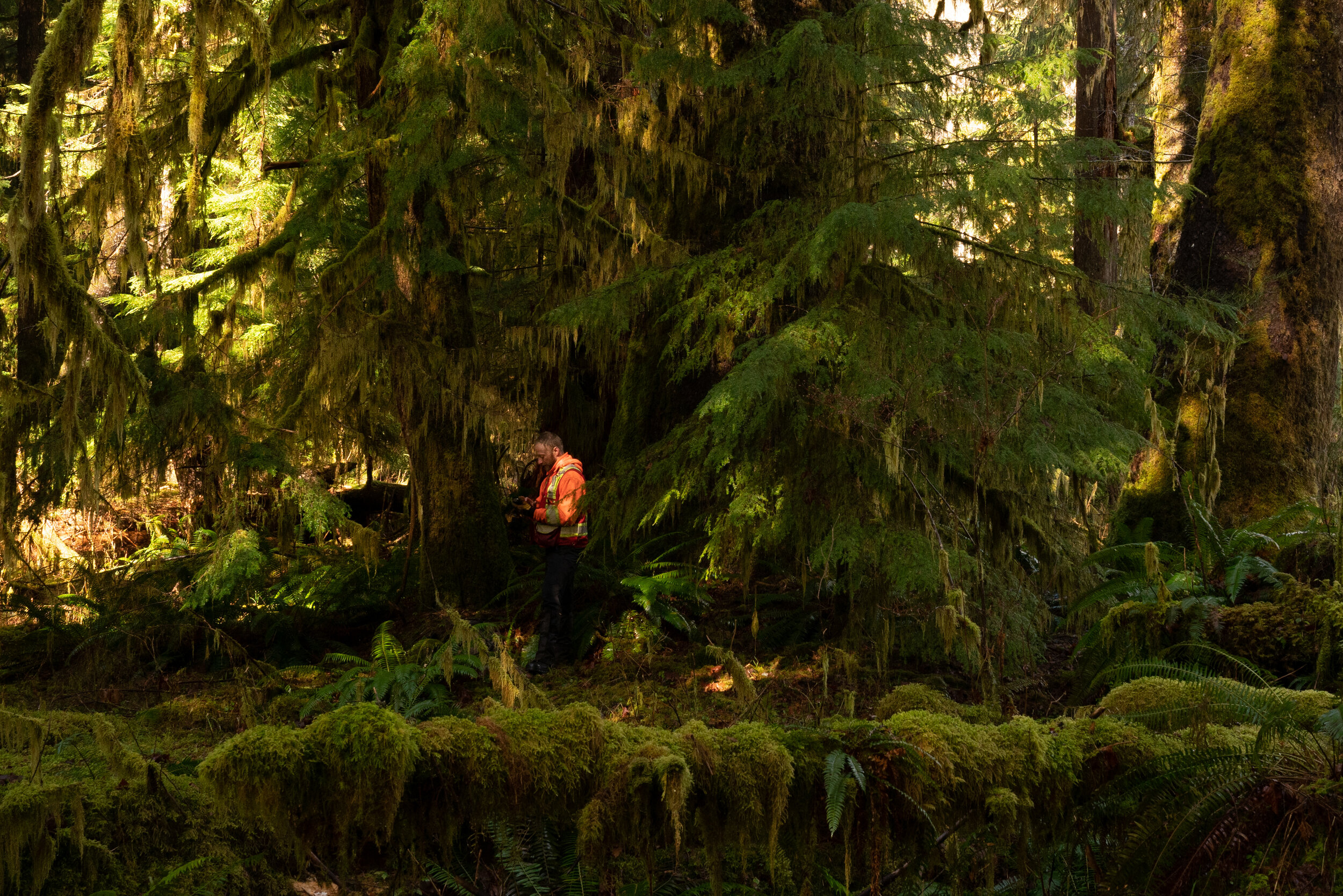

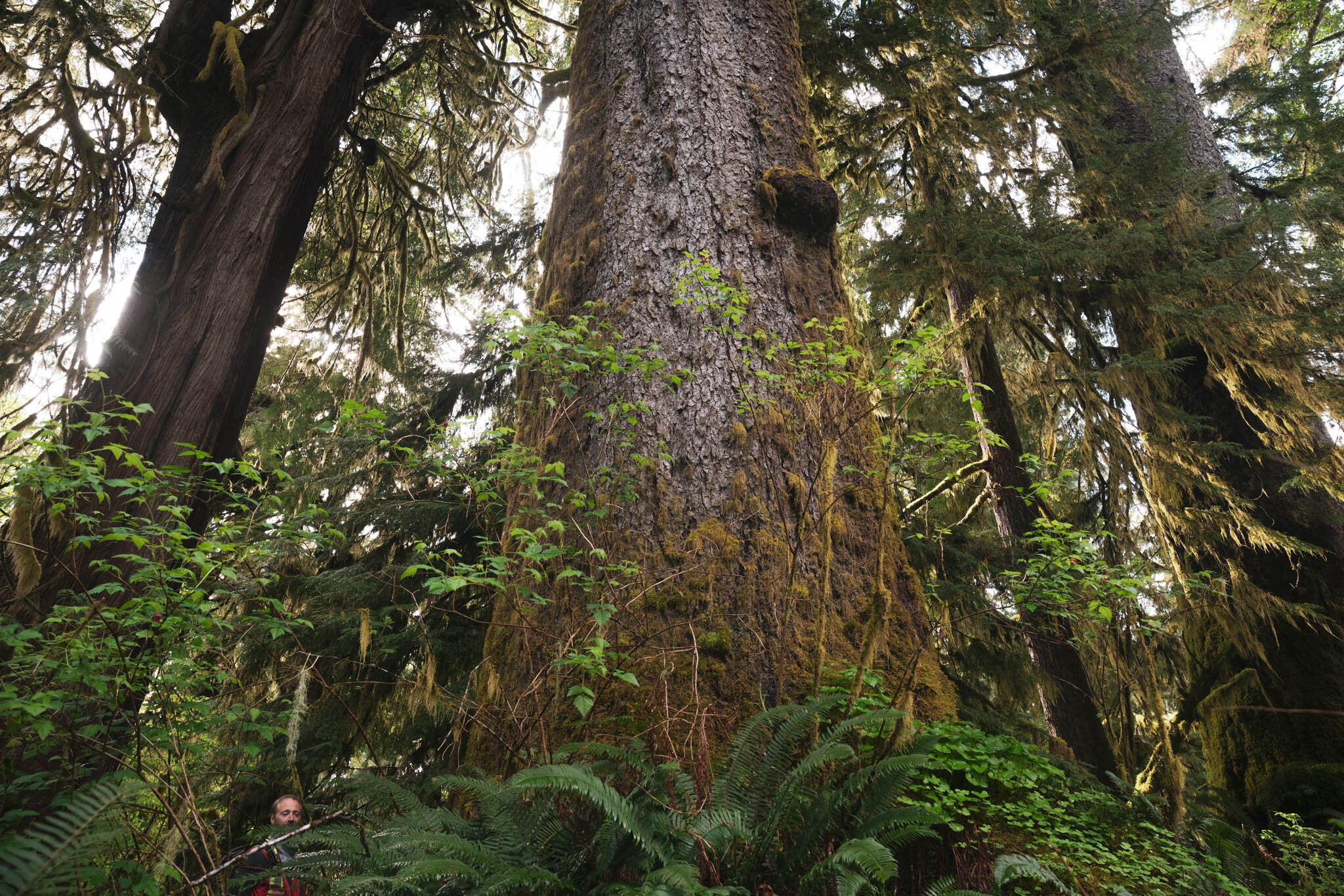
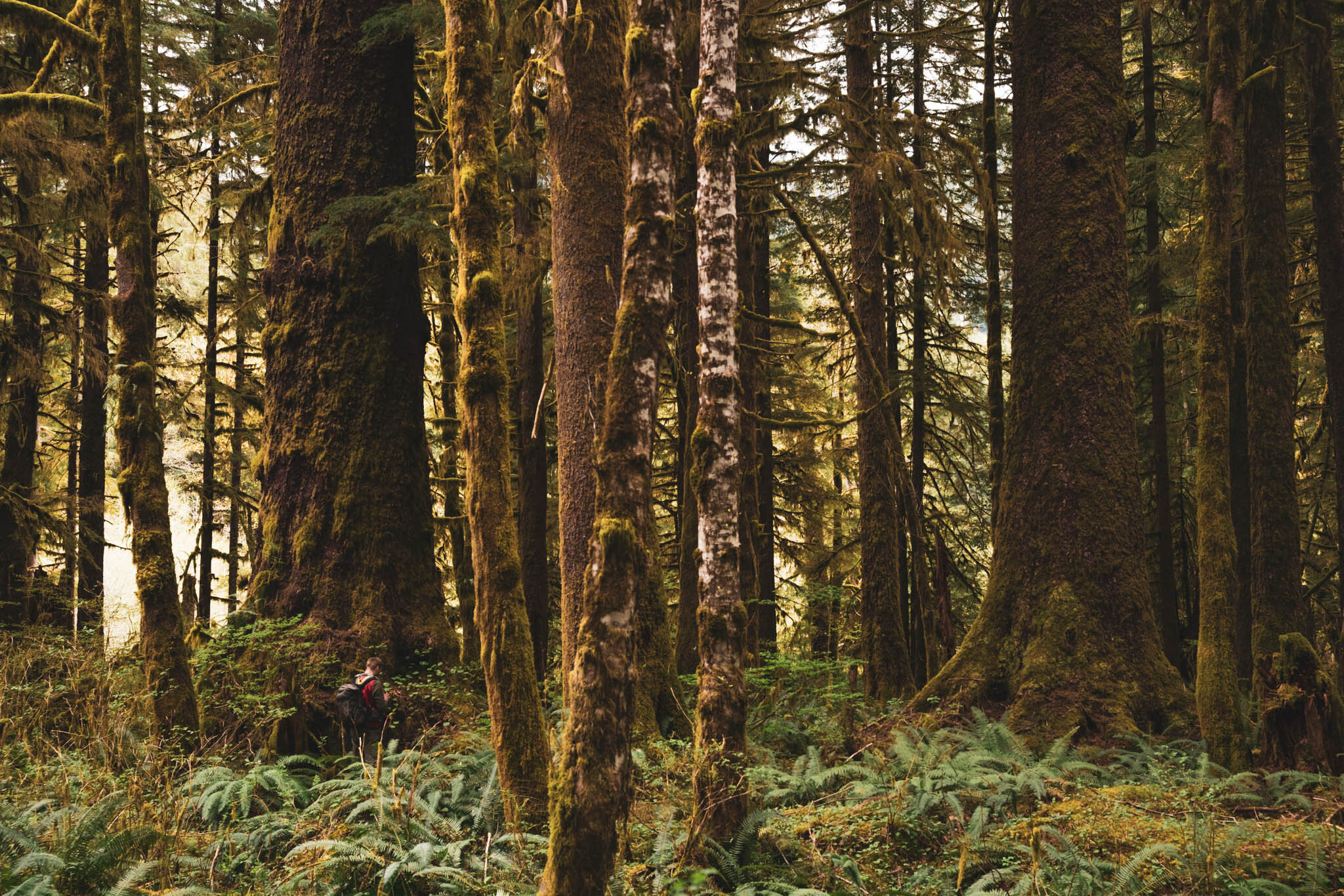
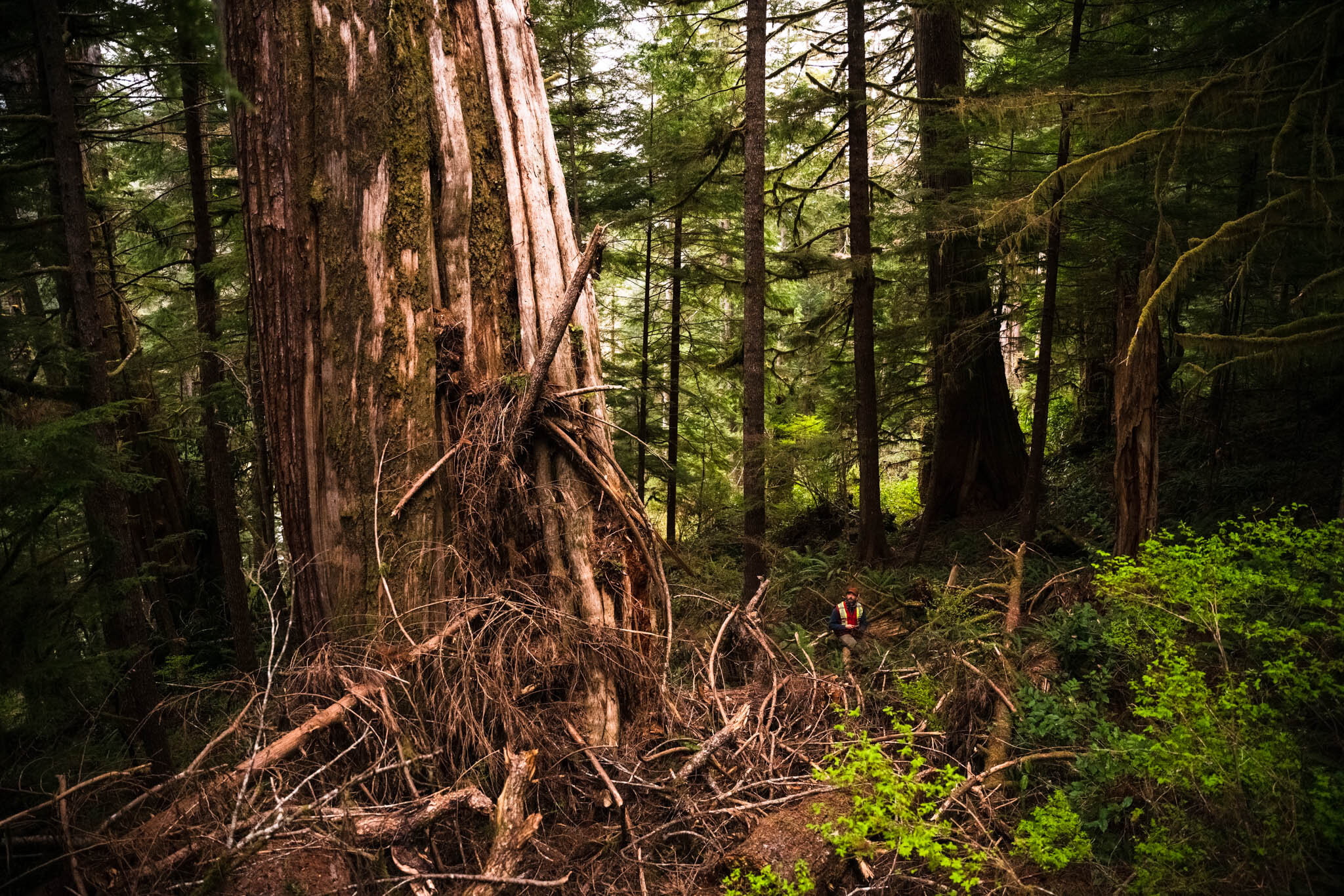

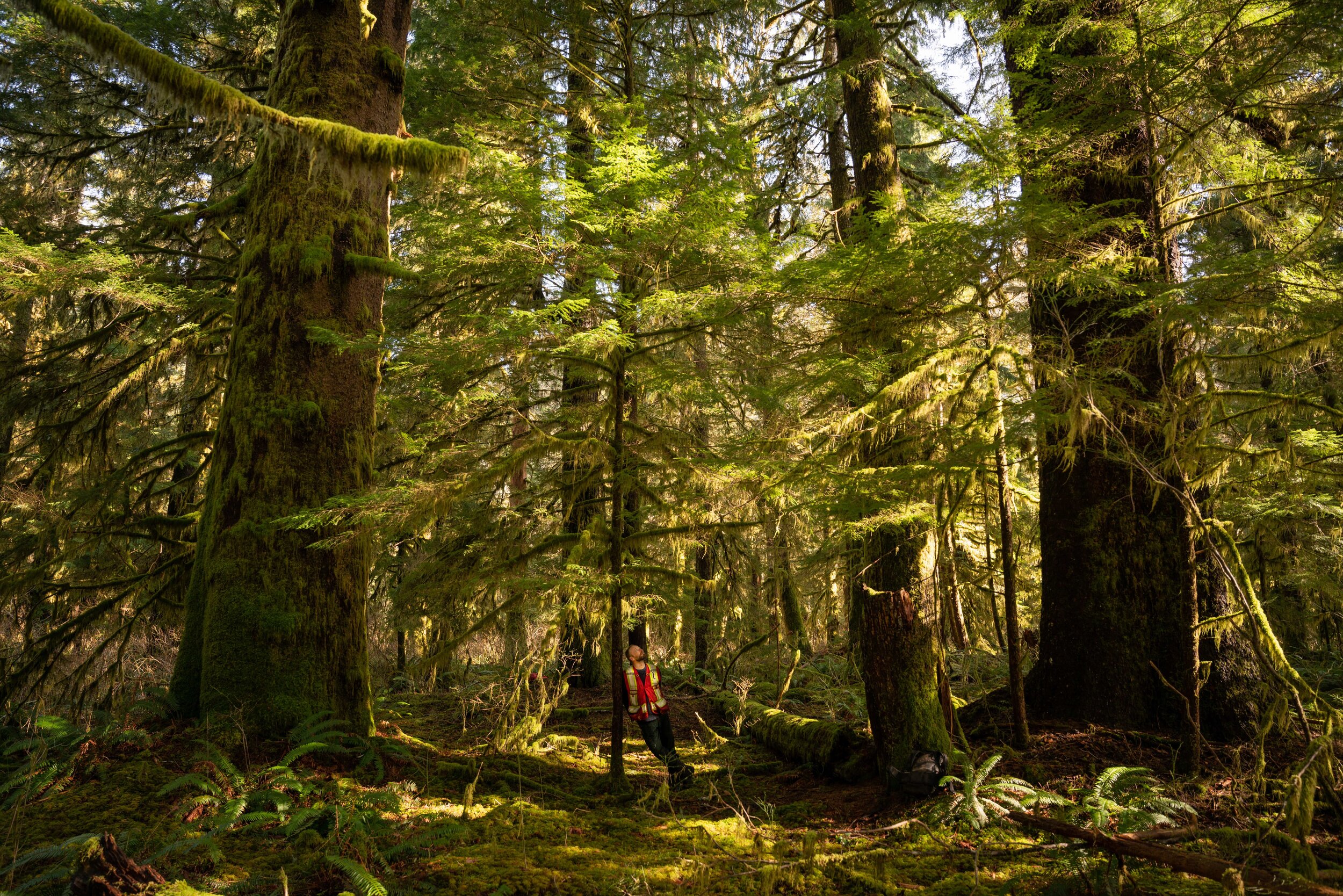

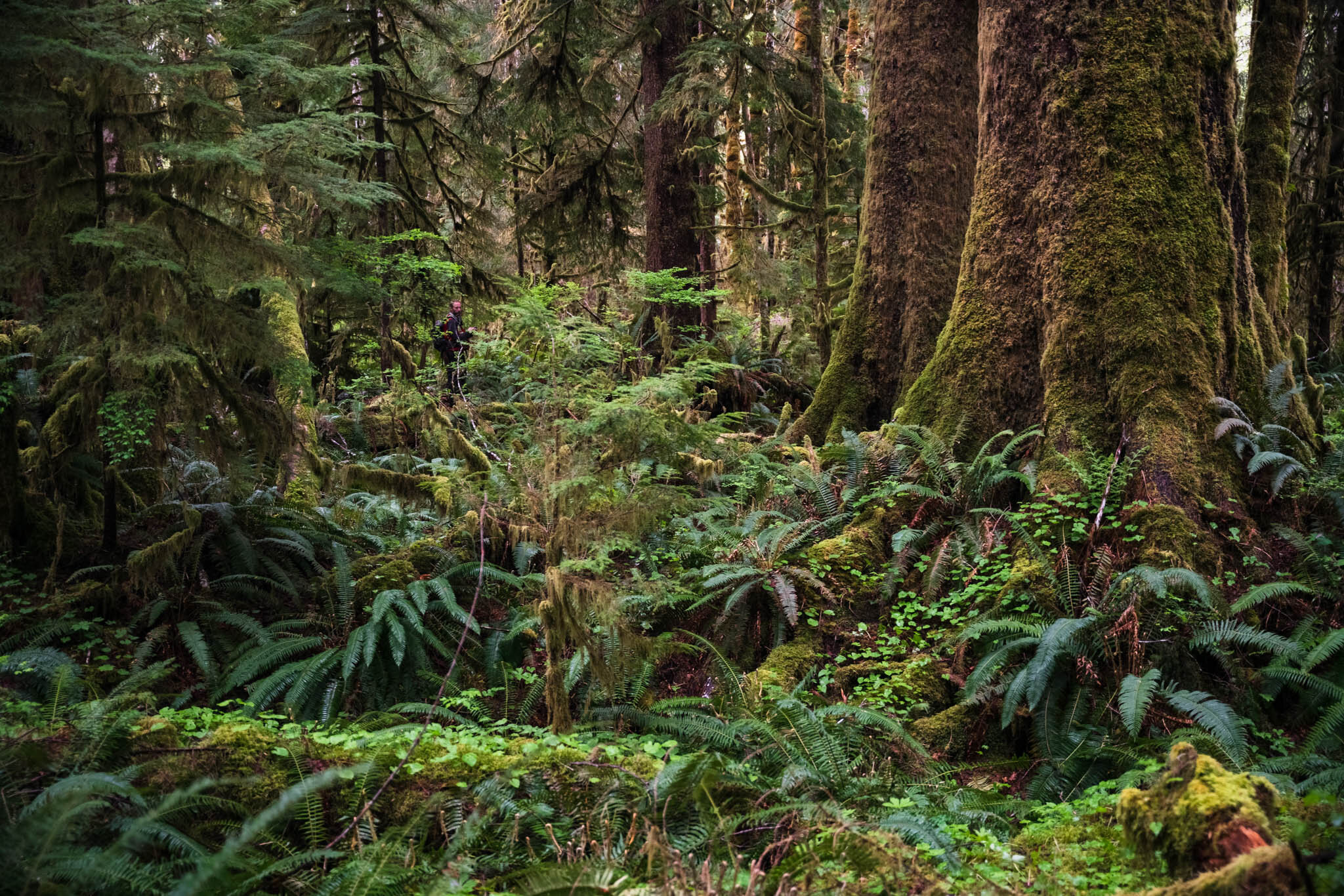
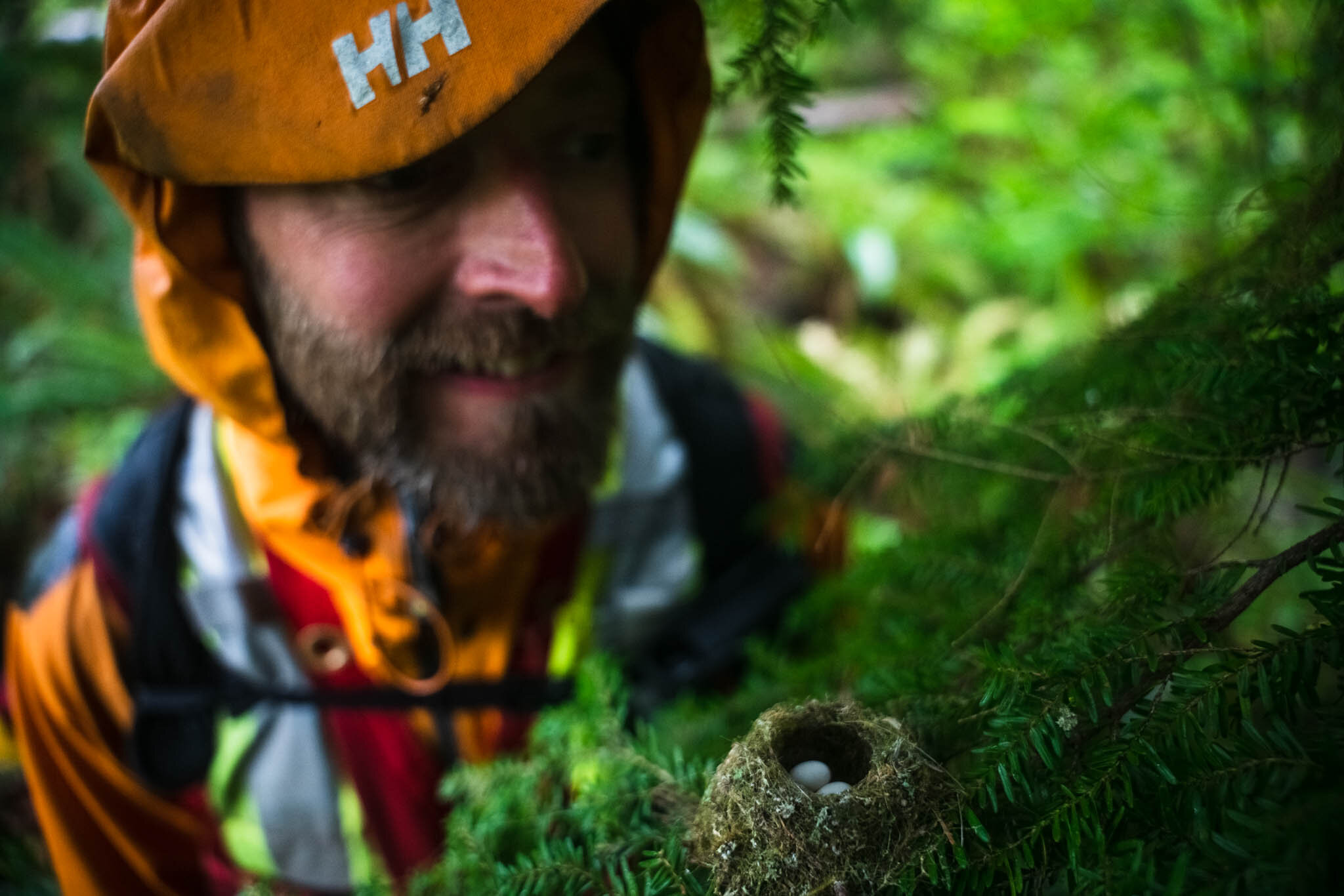
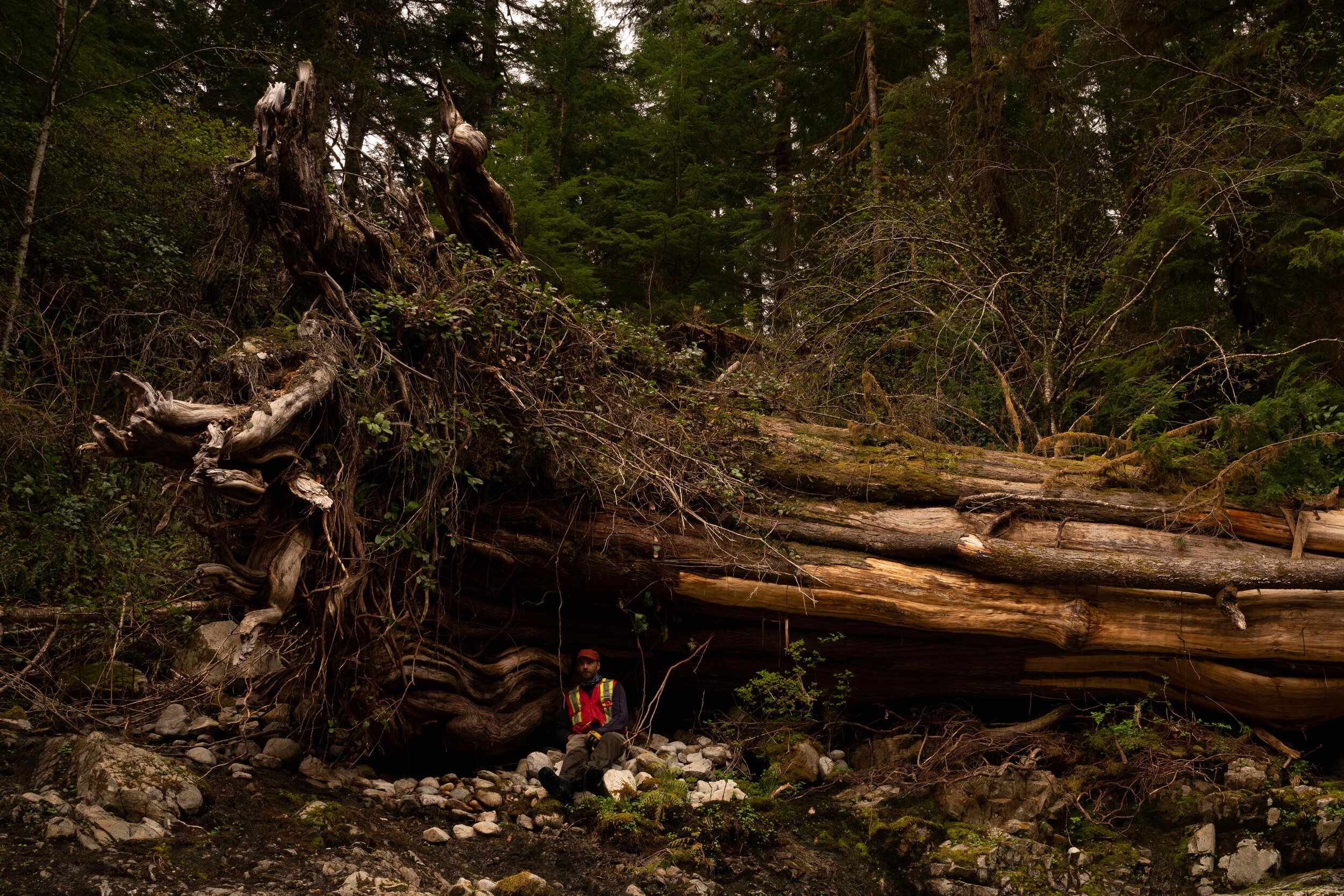
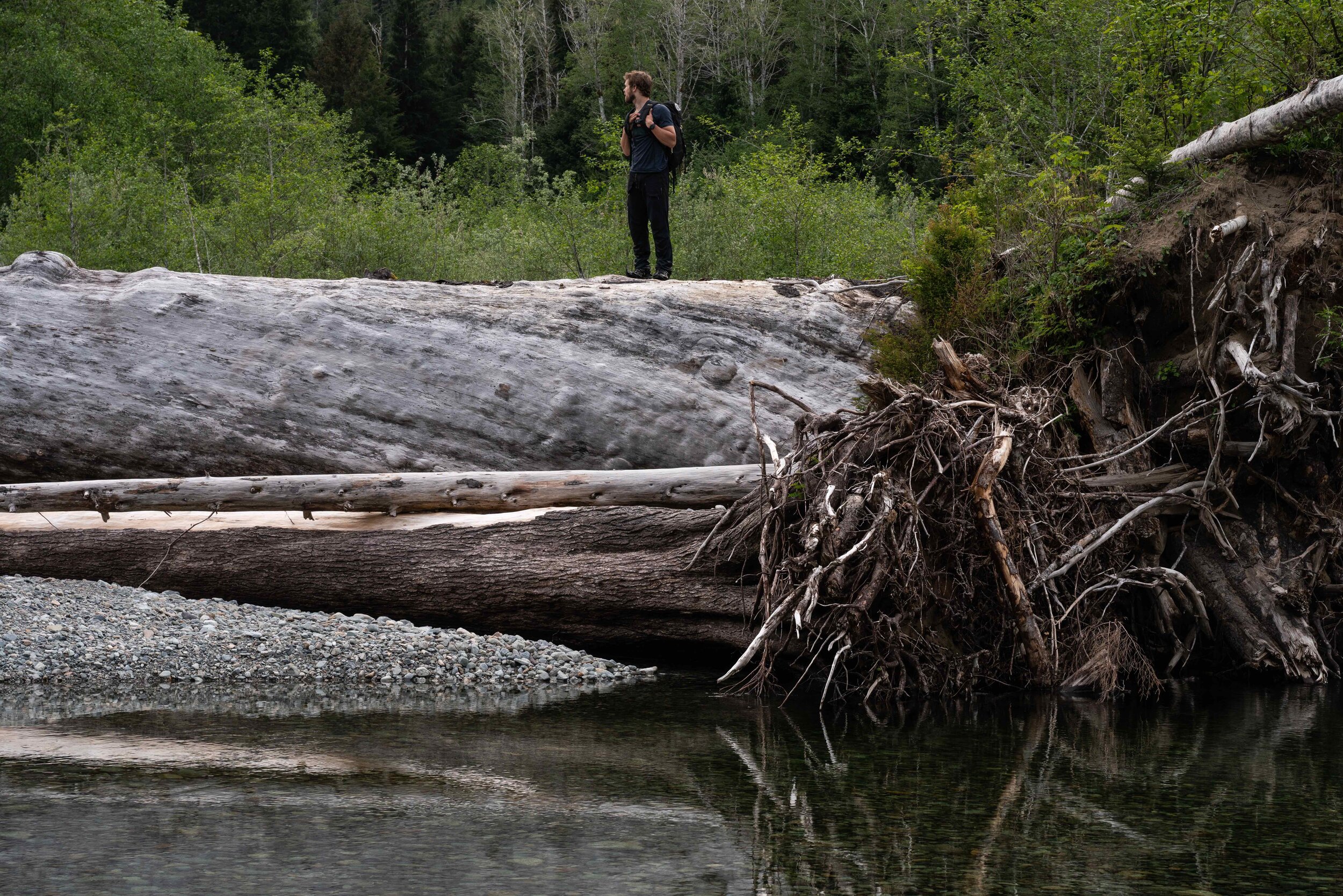
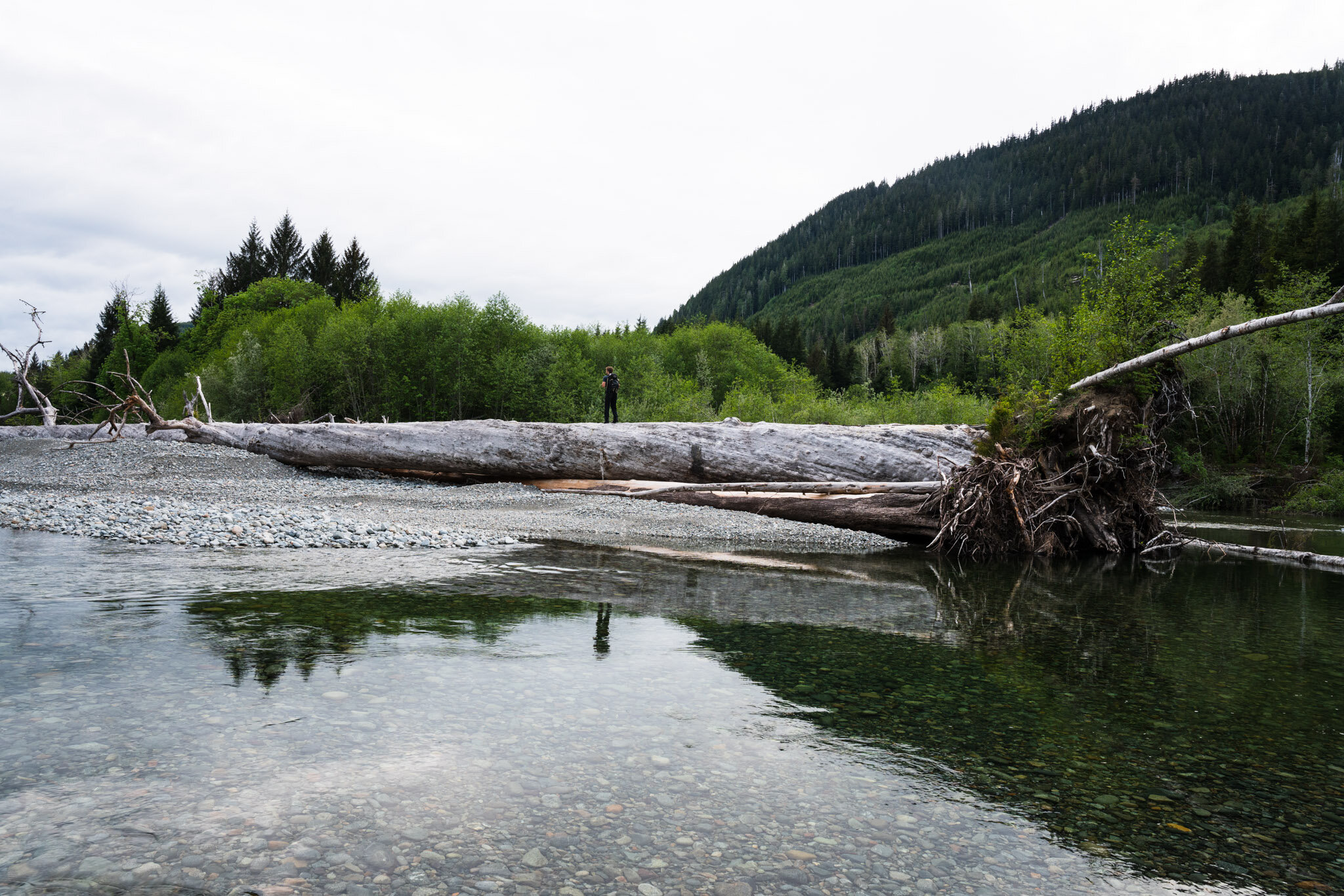
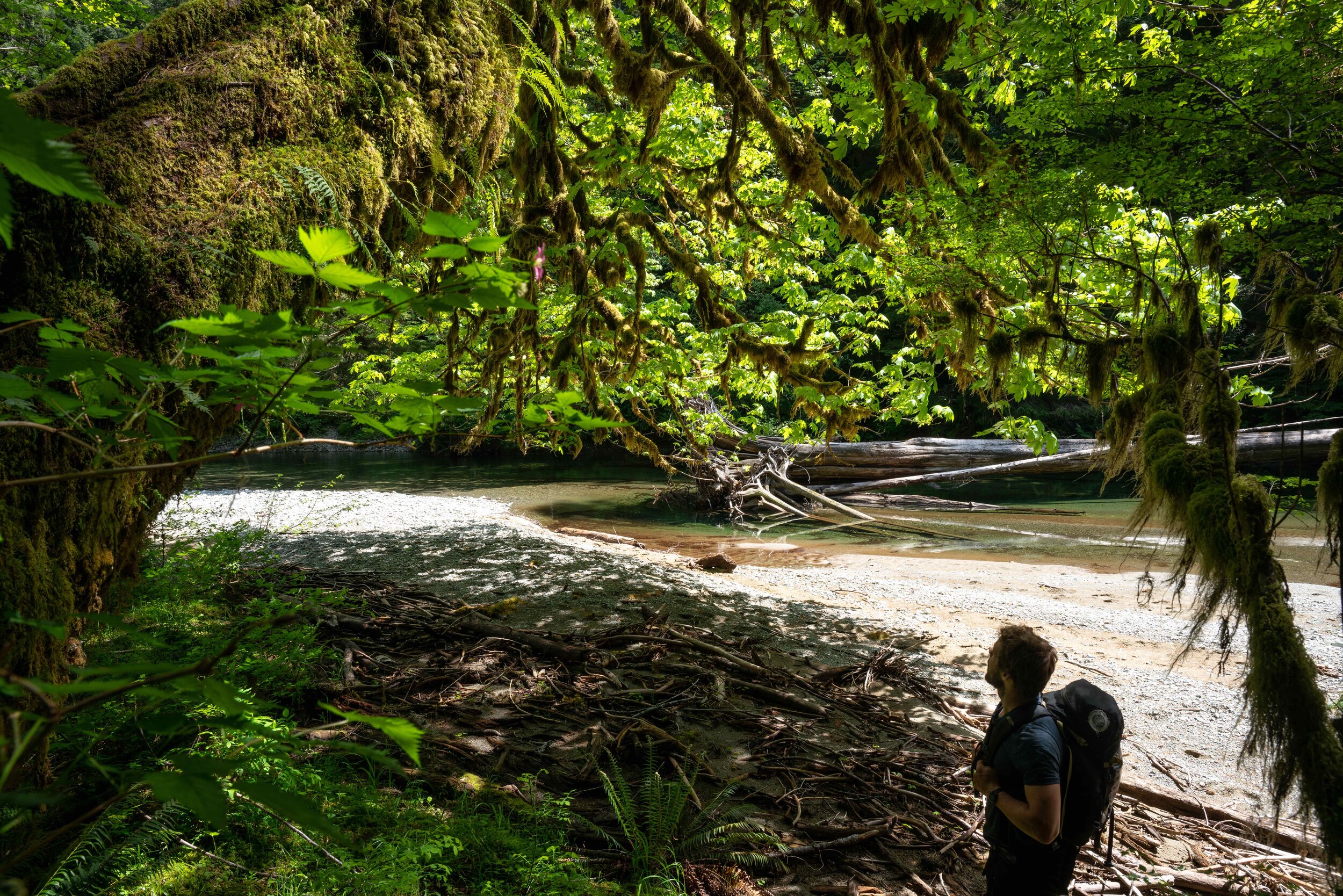
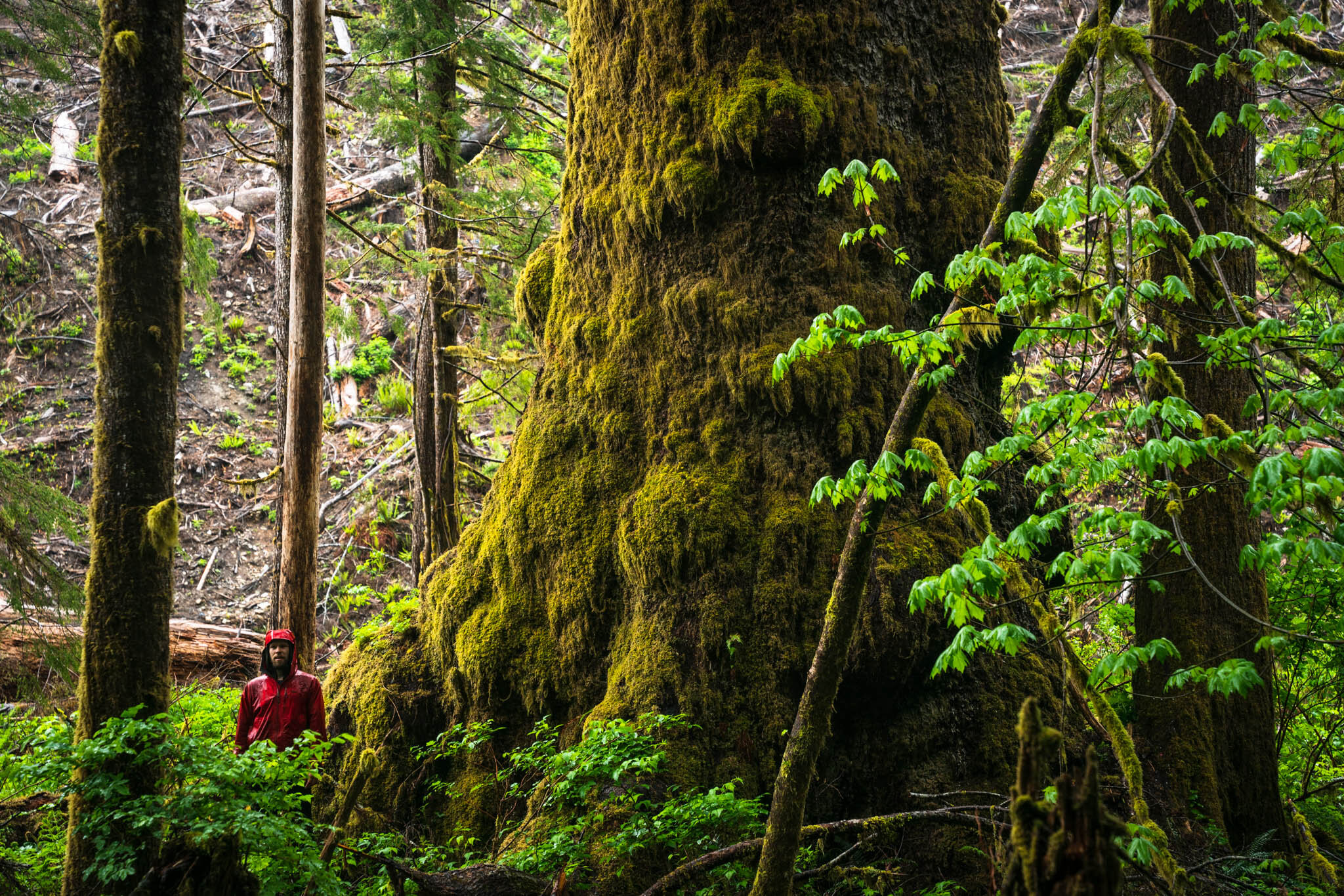
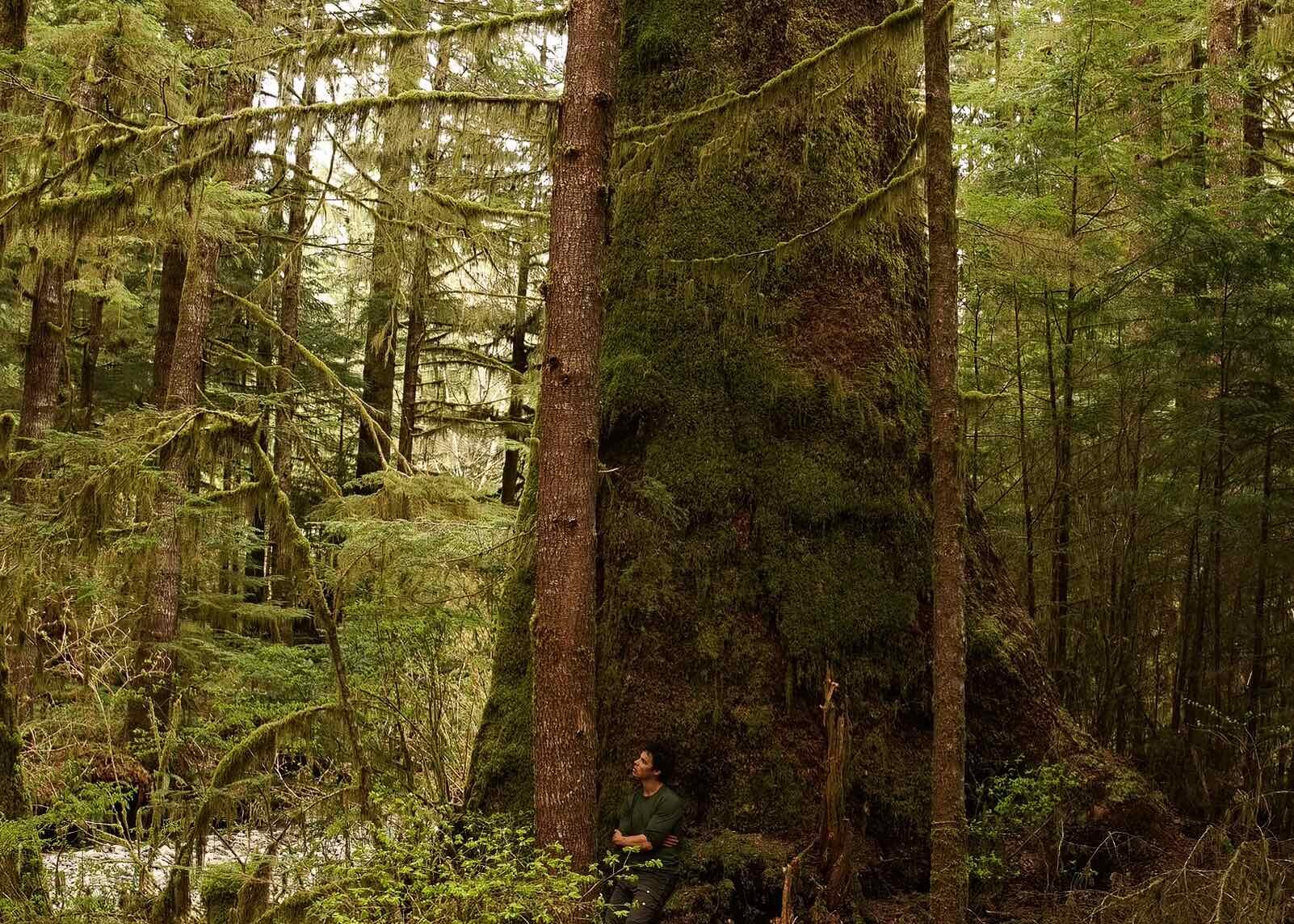

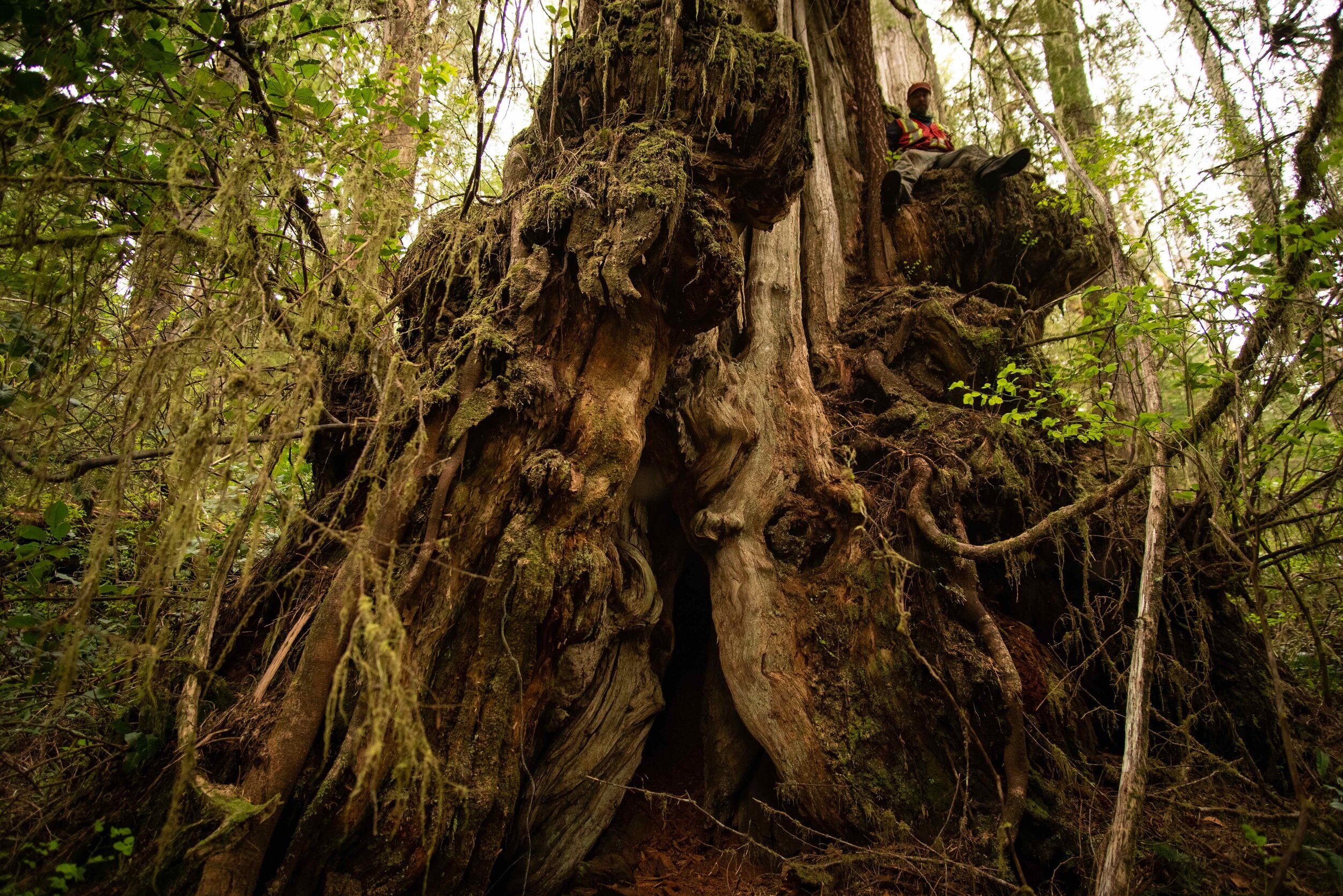
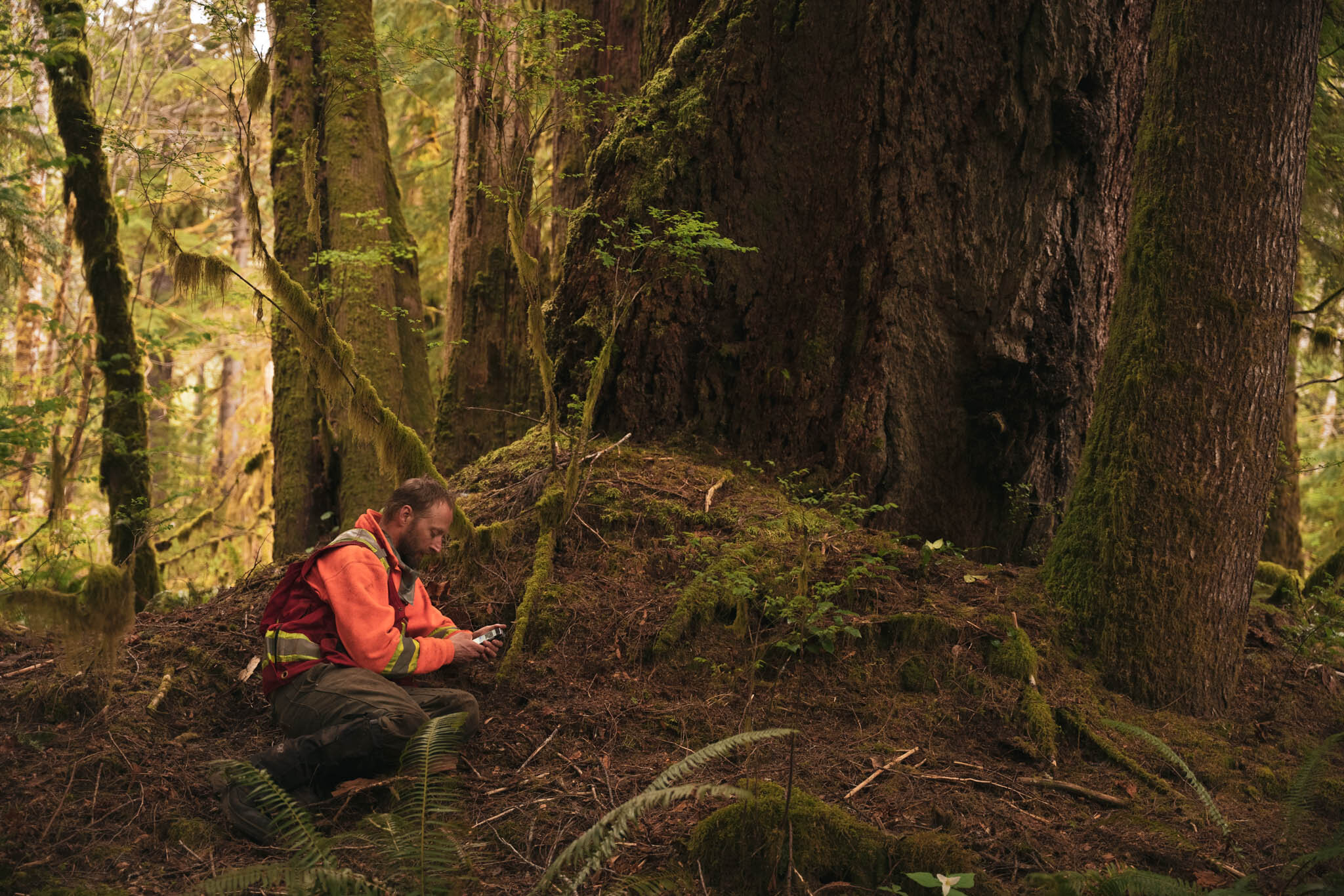

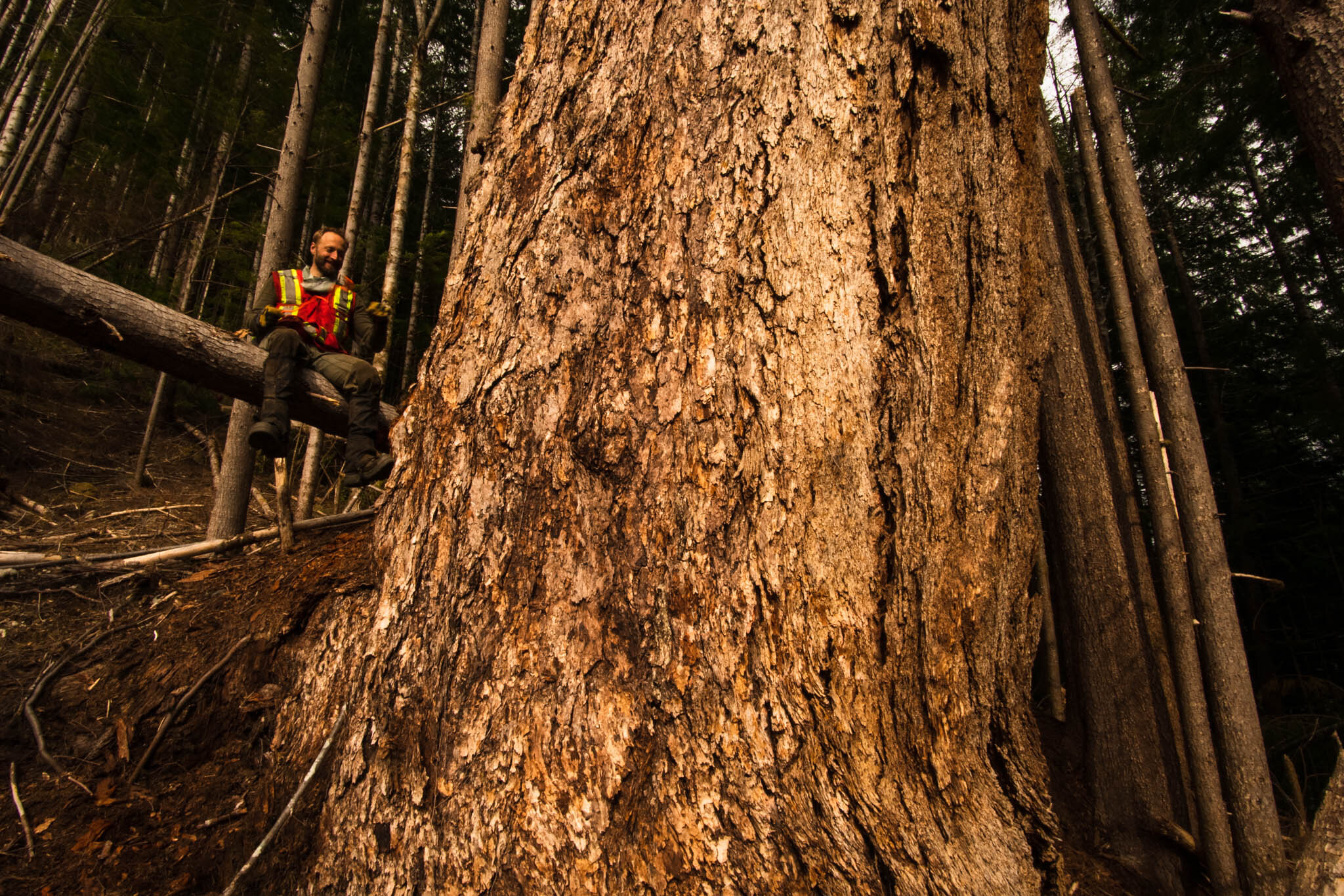
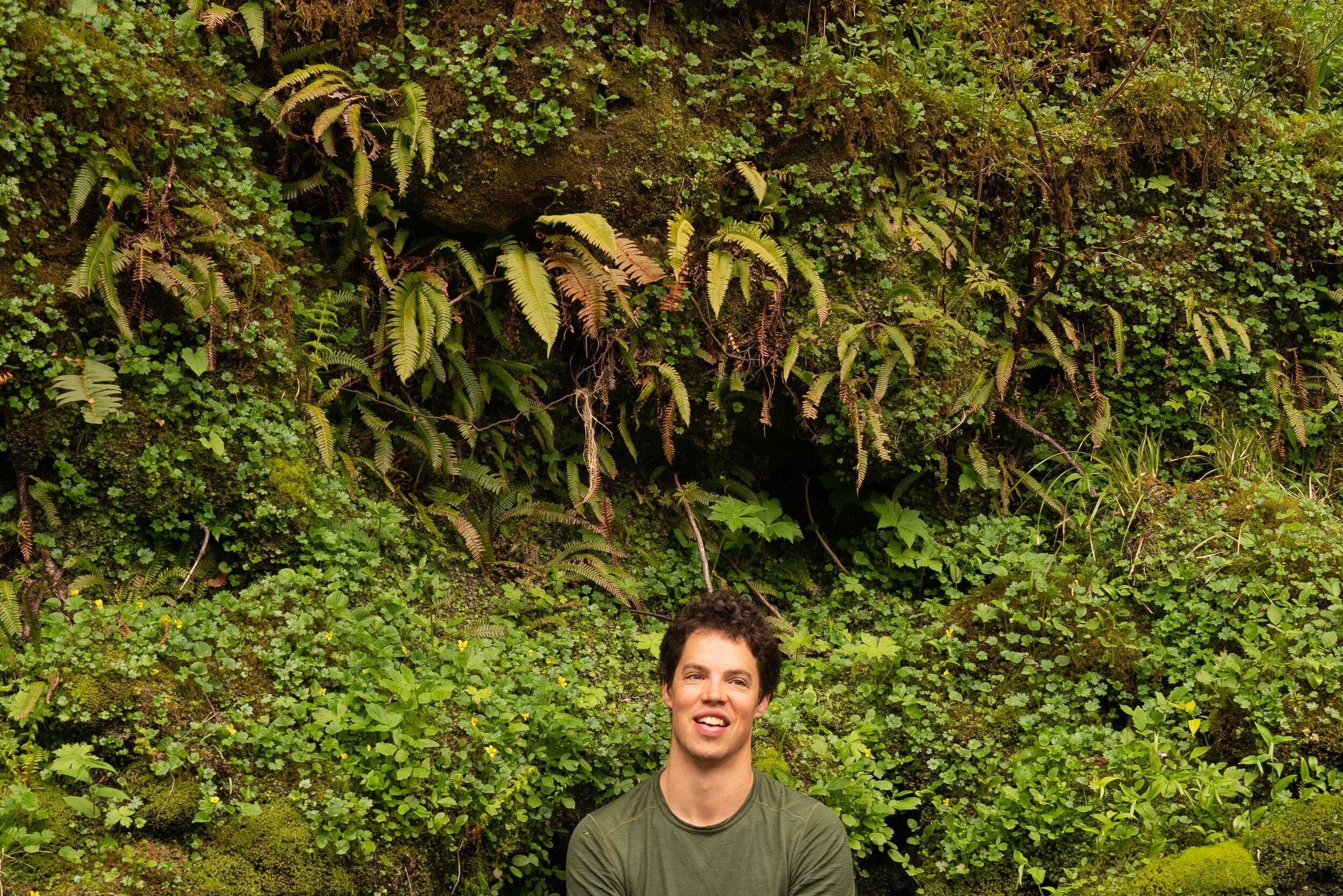
I had been eyeing up the Klanawa region for a couple of years. Information about this river was sparse and I was keen to have a look around this remote wilderness region. I was curious about the Klanawa Ecological Preserve, a small riparian park which hosts one of Canada’s only populations of Red Sorrell (Oxalis oregana), a herbaceous carpet plant. I figured that there were still a few small riparian zones of old growth forest worth exploring although it was clear that the area had seen intense degradation from logging activity.
When I presented the options for our weekly bushwhacking adventure, Will was keen on this area, as he had been stationed at nearby Flora Lake to battle a wildfire the summer before. Once we ventured into the Valley, we became enthralled by the lovely and easy to navigate old growth riparian area along the East Fork of the Klanawa.
Subsequent exploratory surveys had us walking along the Pacific Rim Park boundary, and upstream amidst the milky boulders adorning the river in the ecological preserve, passing through grove after grove of beautiful Sitka spruce, luxuriously surrounded by sorrel and early spring fawn lilies.
A couple of kilometers upstream from the Eco-Preserve lies the heart of the valley, where the confluence of the East and Main forks of the Klanawa occur. On subsequent trips to this area, Will and I, joined by Owen and Alex, started finding some staggering specimens of Sitka Spruce, and even a few rare and ancient giant Douglas fir, standing on the very edge of new logging roads and cuts that had been ground into the earth just days before. Iconic groves of splendid Red Cedar, who had been guarding the hillsides for centuries, were being decimated.
But outside this small fringe of beauty lay vast and terrible stretches of extended forest destruction, both old and new. Massive clearcut derived erosion was choking feeder streams of the main River outside and even within the boundaries of the Ecological Preserve with burnt timbre, granular debris torrents and gill suffocating fine silts.
Logging activity was occurring in areas designated as habitat for endangered species and of those of special concern. Clearcut was exposing the fragile edges of small lakes, omitting the necessary buffers for the steep and now barren slopes above the supposedly protected major waterways. There were three major cut zones very rapidly converging into the very heart of the Klanawa River, happening daily, before our eyes.
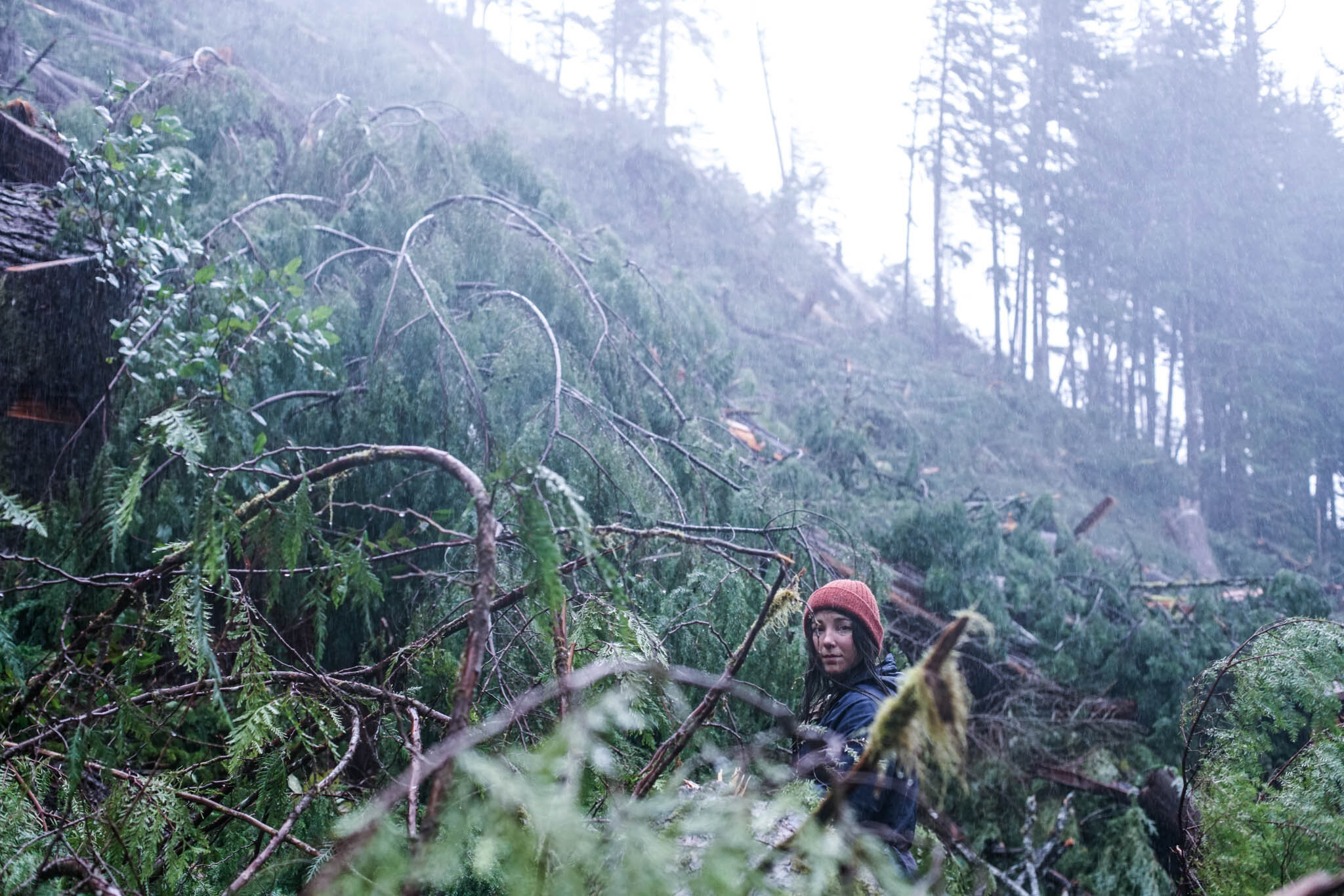
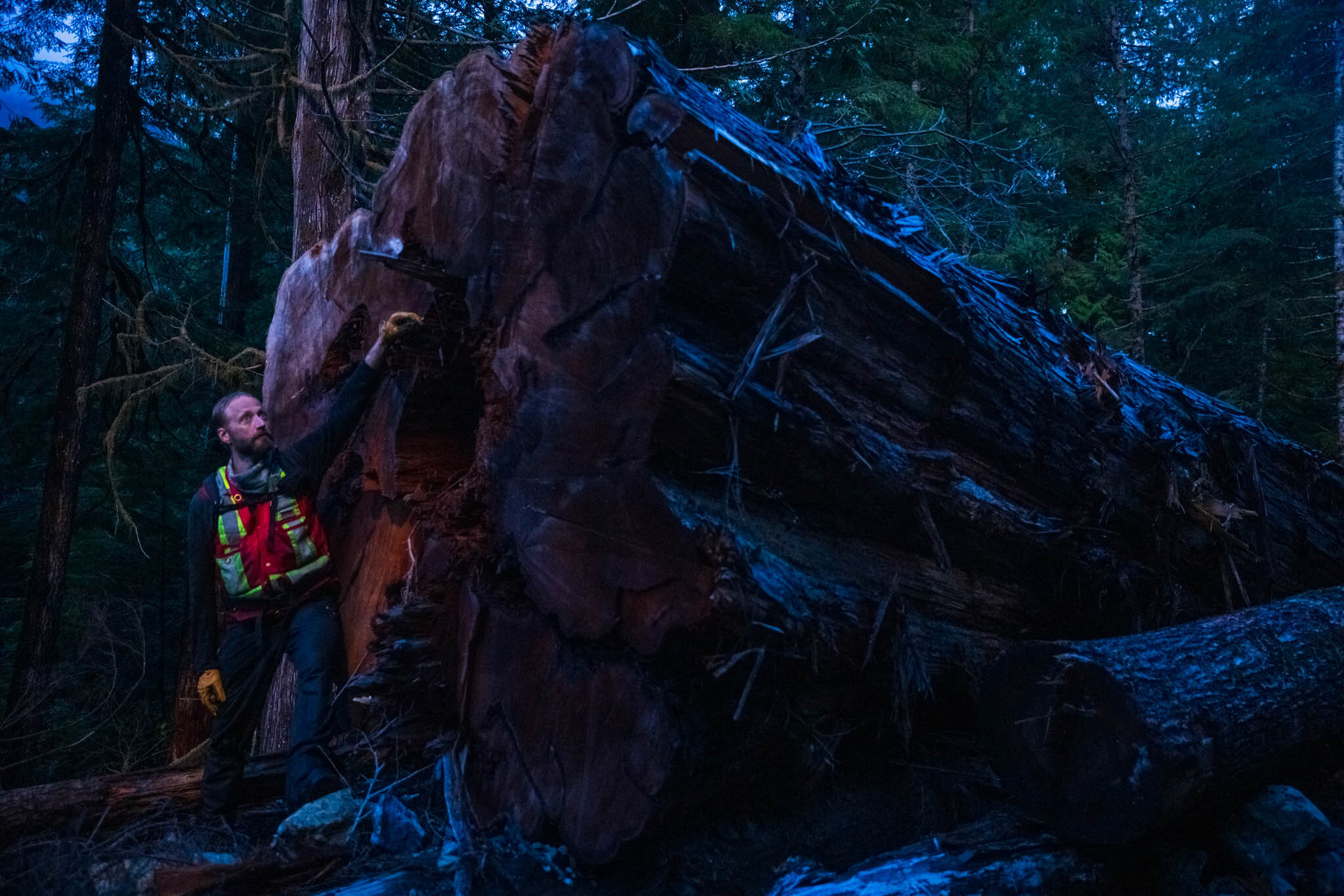
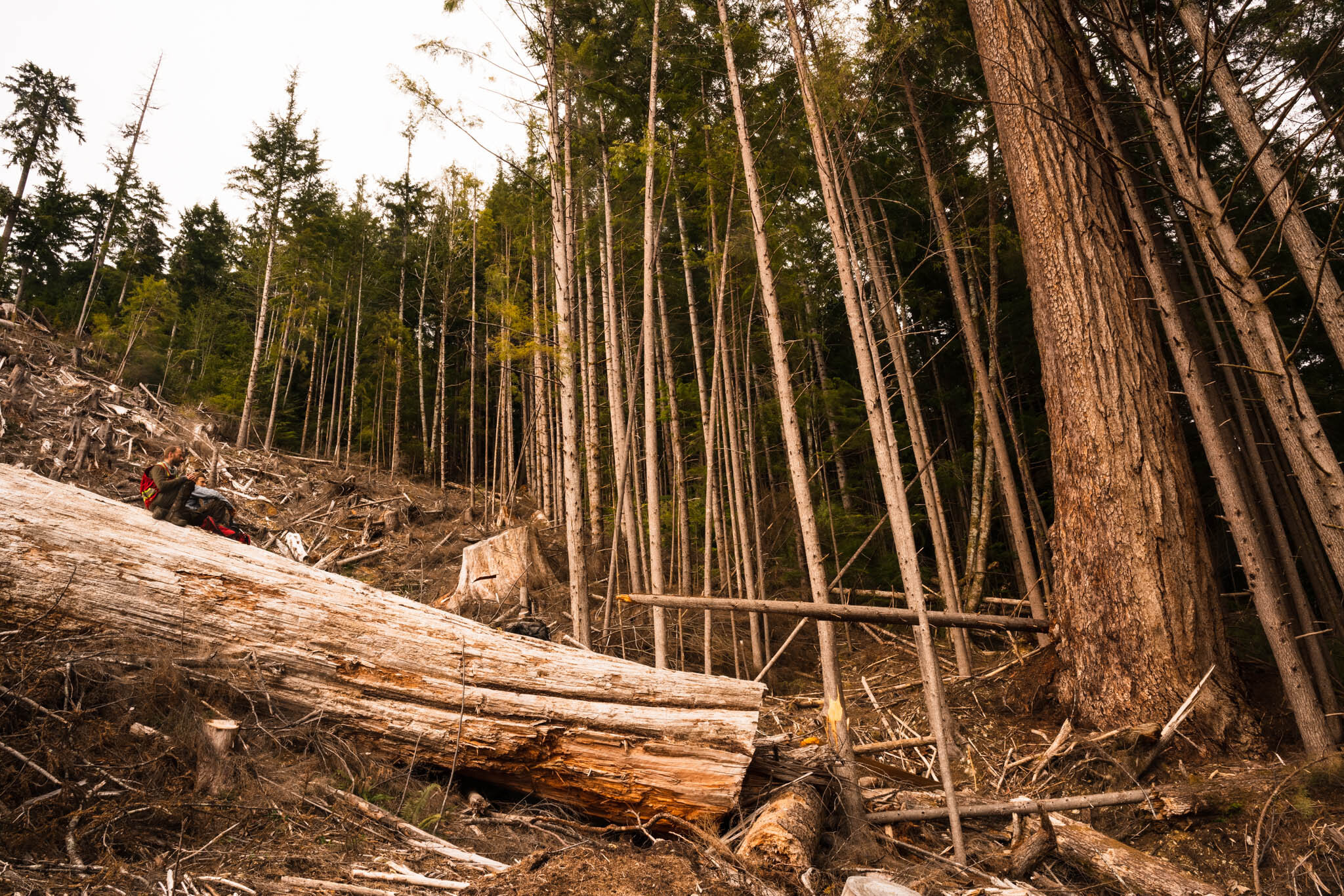

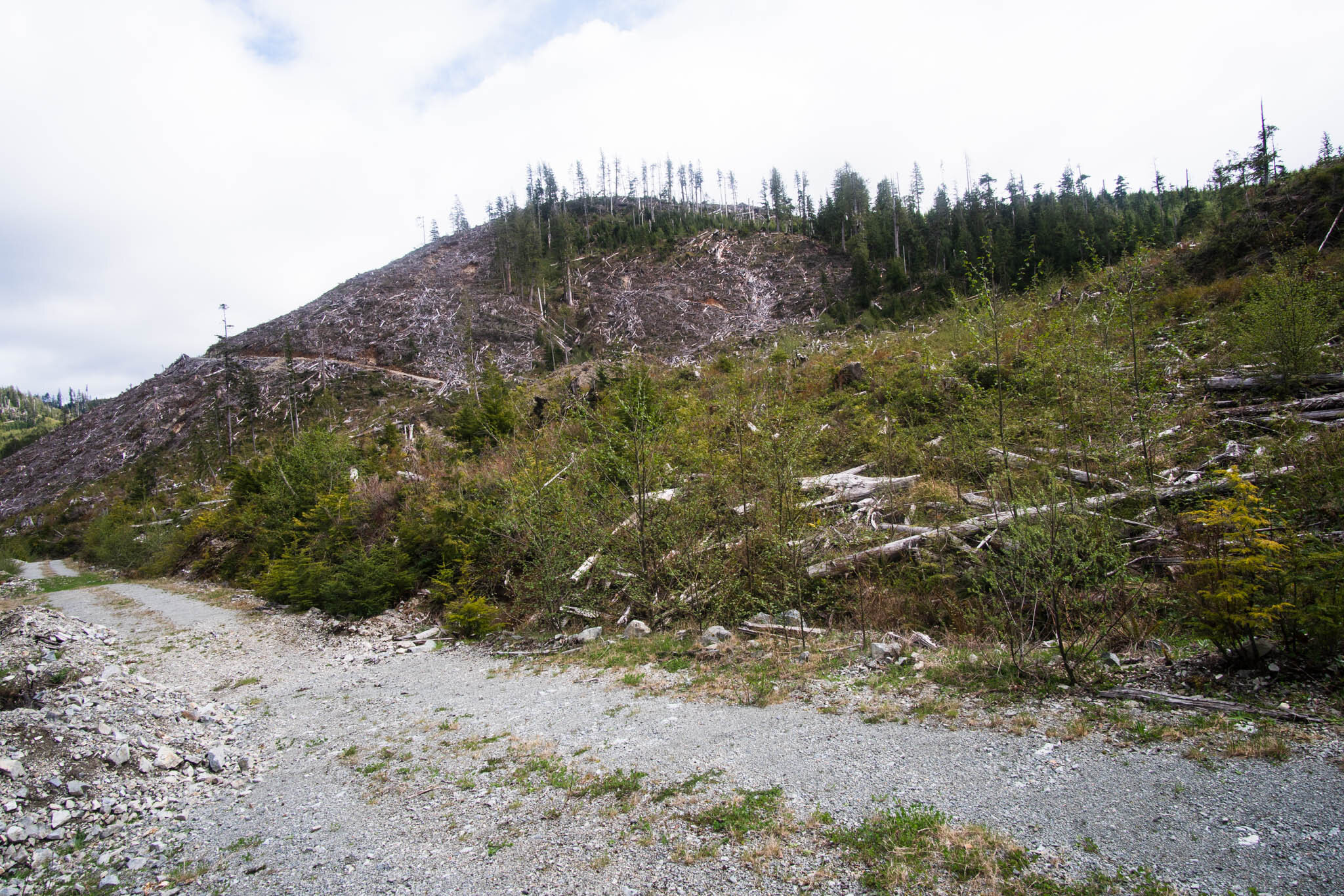
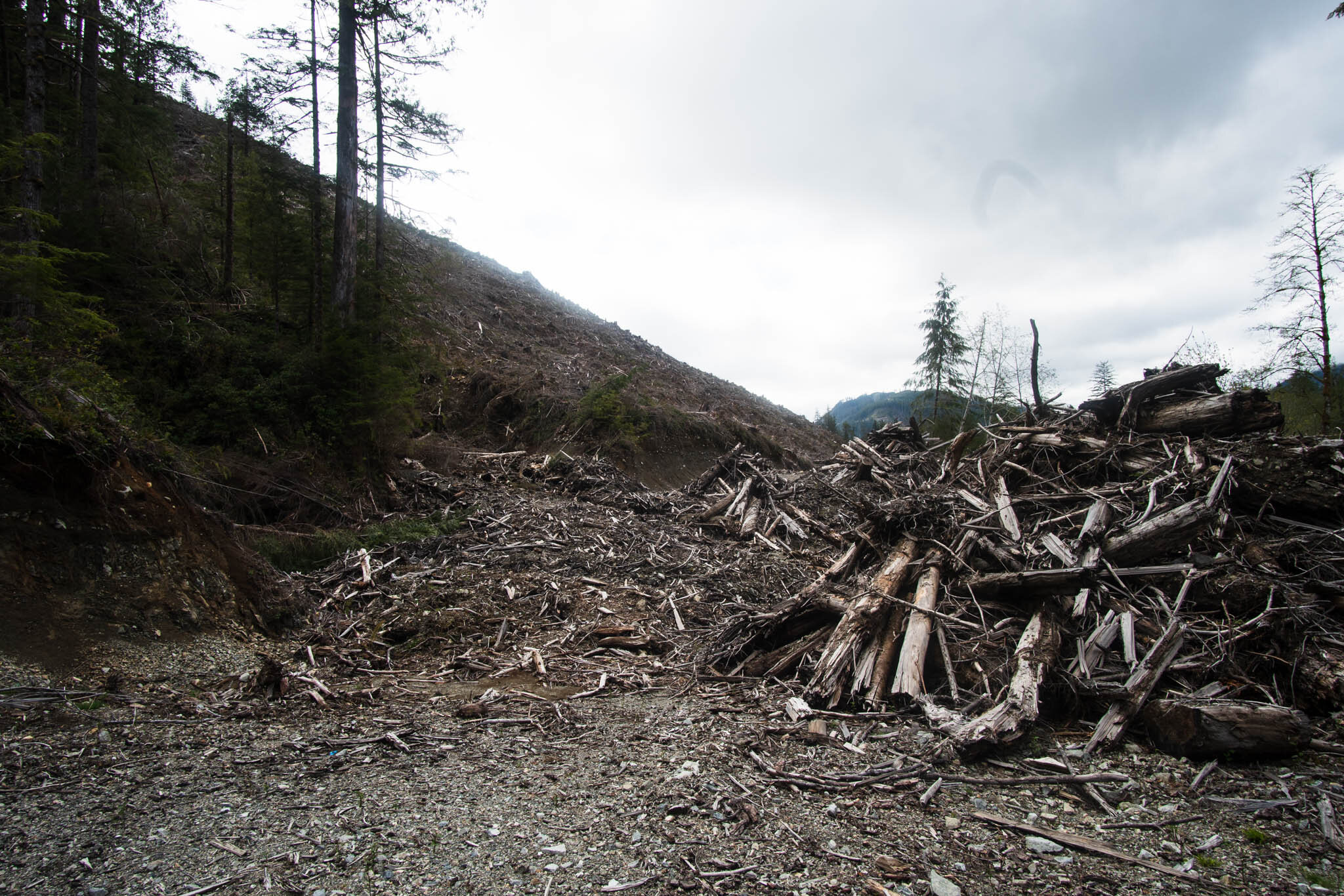
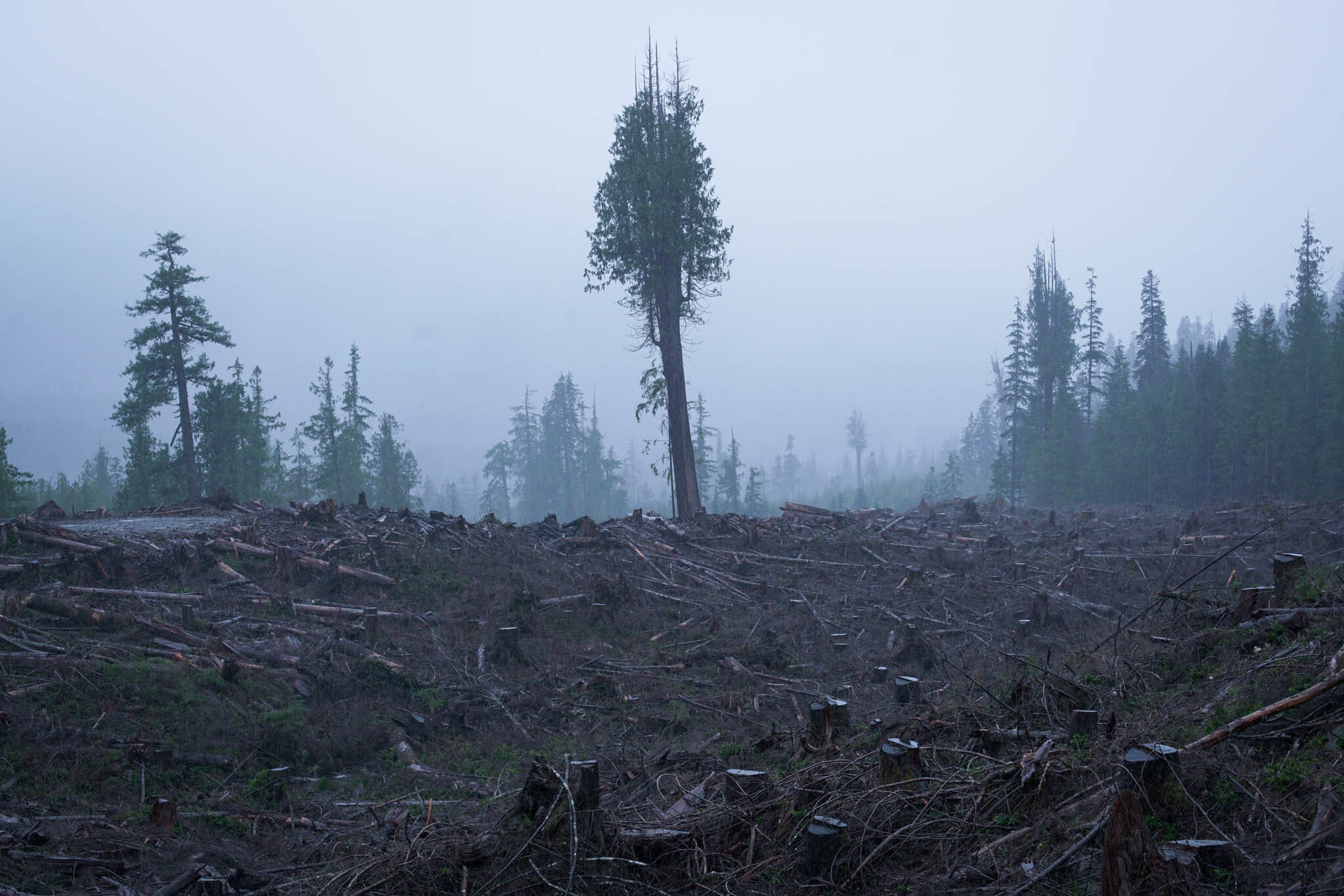
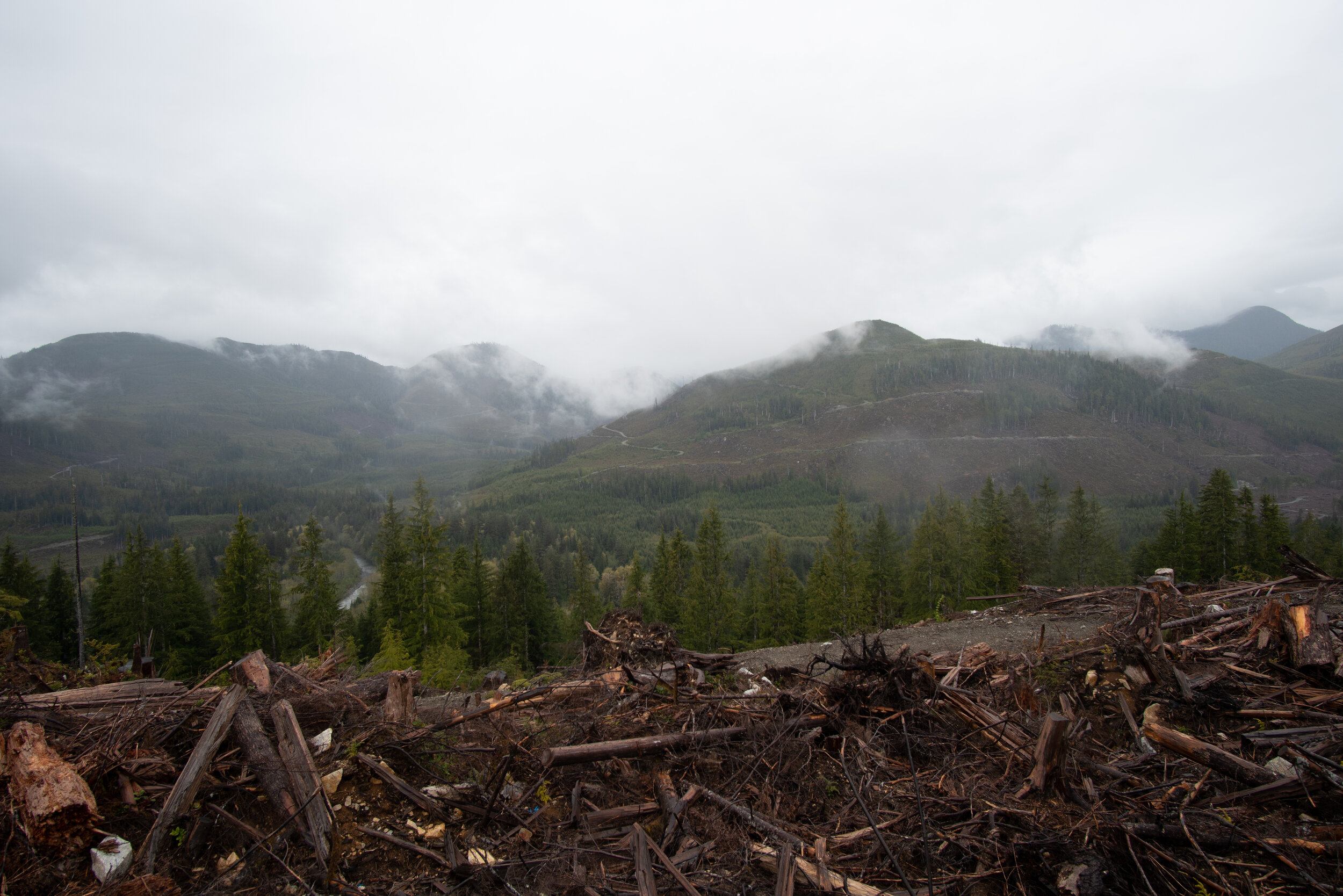


This hidden valley is alluring and holds a peaceful beauty, and yet also a terrible truth, as her heart, still beating, is being torn from her chest. It will be difficult to return. For this is the last stand of the Klanawa.
1- Stoltmann et al. The West Coast Trail Rainforest Proposal. Western Canada Wilderness Committee, 1992. ISBN 1-895123-19-4


